

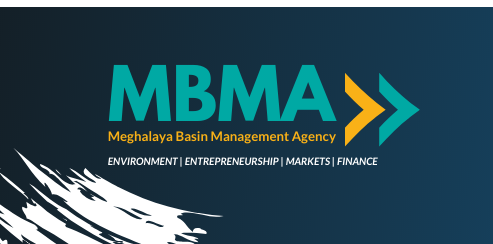

Community Led Landscape Management Project (CLLMP)
The Government of Meghalaya with financial help from the World Bank is implementing the Meghalaya Community Led Landscape Management Project (MCLLMP). The project will cover the entire state of Meghalaya and implementation of community led plans will be rolled out in phase manner throughout the state. The Meghalaya Basin Management Agency (MBMA) will facilitate community-led planning by providing support, technical inputs and funding.
The project is intended to strengthen community-led natural resources management in selected landscapes within the 7 districts of the state. This would be achieved through a variety of planning, capacity building, and on-the-ground interventions to promote the conservation, sustainable use of natural resources, social inclusion and community mobilization; building traditional knowledge and learning, mapping of natural resources management; strengthening the community institutions and creating linkage with financial institutions and community organizations.
The project interventions include preparation of community led natural resource management plans. The CLLMP has the following three components:
Strengthening Knowledge and Capacity of Communities for Natural Resources Management
Community-Led Landscape Planning and Implementation
Project Management and Governance

The project objective is “to manage and conserve the natural resources, especially forests, soil and water sources, in a manner that supports the financial and physical well-being of communities in the State”
The CLLM-Programme focuses on increasing the capacities of communities and traditional institutions (TI) by adopting a landscape approach to manage their natural resources such as soil, springs and other water sources, forests and bio-diversity, etc.
The project will be planned and implemented in about 400 villages across the state.
CLLMP has a strong focus on institution-building at the village-level, by ensuring systematic capacity-building on technical and social skill-sets.
The project will also extend such training to communities beyond the targeted villages and support efforts made by them to access funding from various rural and natural resources initiatives and schemes.
The programme will also invest in improving the process and outcome delivery, by developing and adhering to effective systems and procedures, supported by the appropriate technology.
Benefits for community (Skills and Capacity relating to technical and managerial areas like NRM and Conflict resolution
Benefits to traditional institutions (village councils, traditional leaders, community-based organizations, SHGs etc) through Knowledge sharing, promotion of innovative approach, access to technology, technical managerial and financial support.
It is estimated that the project will impact around 1 lakh partners (of which 50% are women) who depend on land, forest, agro forestry.
Through the project, 55000 Ha of targeted area will be ensured with availability of water, biological resources and soil productivity, which will in turn benefit around 400 villages and the outcomes delivery can be summarized as follows.
The Project is executed by the MBMA in collaboration with other partners particularly, SIRD (for training and capacity building), Department of Soil and Water Conservation, Water Resource Department, Forest Department, specifically with respect to technical inputs, safeguards management and Community NRM plan preparation
2018-2023 (5 years)
Introduction
UmdohbyrthihVillage falls under Bhoirymbong C&RD block of Ri-Bhoi district in the state of Meghalaya. The village is at a distance of50 Kms from Nongpoh, the district headquarters of Ri Bhoi District , 5 kms from Umsning, the Block Headquarters and is at a total distance of 27 Kms from the state capital, Shillong.It falls under Raid Mawbuh with a total geographical area of 304.47 ha and a total population of 412 villagers.

Brief History
Umdohbyrthih Village falls under Bhoirymbong C&RD block of Ri-Bhoi district in the state of Meghalaya. It was formed in the year 1956 with two families i.e The ‘Syllad’ and The ‘Nengnong’ as the first residents. The name of this village was taken from the word “Dohbyrthih” with only 2-3 houses available in the village. In the year 1950 there were no documents for the land and forests of the village and so it was all under the perseverance of the king. In the year 1988 Umdohbyrthih village was taken over by Mr. H. Nengnong as the first Headman of the village.
In the year 1988 the village got its complete profile and Dorbar Hall was formed and Mr.H. Nengnong was chosen as the first headman of the village. After him Mr. L.R. Nengnong was chosen as the next headman in the year 2005, later in the year 2006 it was taken over by Mr. Kyrmen Rynghang as the next headman of the village. Mr. Brait Sylliang was represented as the next headman of the village in the year 2008 and later in the year 2010 it was taken over by Mr. J. Marbaniang and lastly Mr. P.B. Sylliang was chosen as Headman of the village in 2013.
In the year 1992 first school was established and Anganwadi Centre in the year 2007. Village Health and nutritions was started in the year 2009 and the establishment of P.W.D, P.H.E, MeECL, V.W.S.C Committee was in the year 2013.
Social Profile
Social profile: In Umdohbyrthih Village, the traditional form of governance prevails where the village head is the Rangbahshnong. There is a Village Employment Council (VEC) that oversees the implementation of Mahatma Gandhi National Rural Employment Guarantee Act and other developmental works. Besides women representation in the VEC, the village women are members of a women only village based organization that provides them a platform for decision making on various issues pertaining to the village.
There are a number of streams and springs in and around the village. The main source of livelihood is agriculture.The Village not only produces cash crops but also various fruits and vegetables.
There is only one school inside the village.The health dispensary is 17 km away; the nearest Bank is about 1 km away and the Post office is also 1 km from the village.
Population 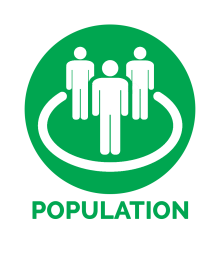
The total population of Umdohbyrthih in 2020 is 436. Out of this, 221 are males and 215 are females. The village has 40 children in the age group of 0-4 years. Among them 16 are boys and 24 are girls.
| Age Group | Male | Female | Total |
|---|---|---|---|
| 0-4 | 16 | 24 | 40 |
| 5-14 | 47 | 52 | 99 |
| 15-30 | 84 | 71 | 155 |
| 30-60 | 63 | 56 | 119 |
| Above 60 | 11 | 12 | 23 |
Card Holding Household:
The village has a total number of 75 Health cardholders, 72 Ration cardholders. APL and BPL are no longer valid. AAY and PHH cards are being used instead. The major occupation of the people is farming while some are teachers and Govt. servants.
| Particulars | No. of HH |
|---|---|
| Total HH | 75 |
| Ration Card HH | 72 |
| AAY | 6 |
| PHH | 66 |
| Health Card HH | 75 |
Fuel Type:
| Fuel Type | Total HH |
|---|---|
| Charcoal | 0 |
| Biomass | 0 |
| Wood | 65 |
| LPG | 10 |
| Electric Heater | 0 |
| Kerosene | 0 |
OCCUPATION: The people of the village rely on
agriculture and forest products for their livelihood. The main
occupation of the villagers is farming followed by teaching and some
other Government Servants.
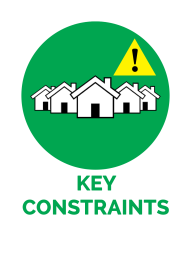

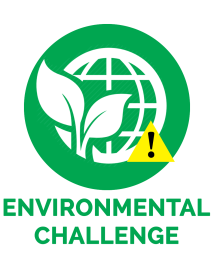
Flooding of Plantation Areas during the rainy season and lack of storage tanks and reservoirs.
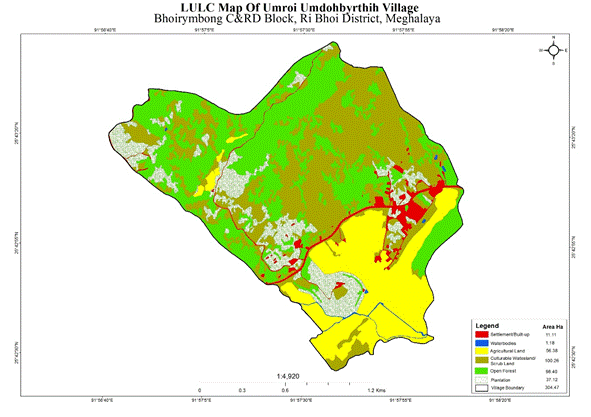
CLLMP ACTIVITIES
Ground Truthing Dated: 31st of May 2019
On the 31st May 2019 the CLLMP met with Shri. Pynwanbor Sylliang the headman of Umdohbyrthih village under Bhoirymbong C&RD Block to discuss with him about the present situation of the village. He provided the Team with important information regarding the current scenario of the landscape and the natural resource management under his headman ship.
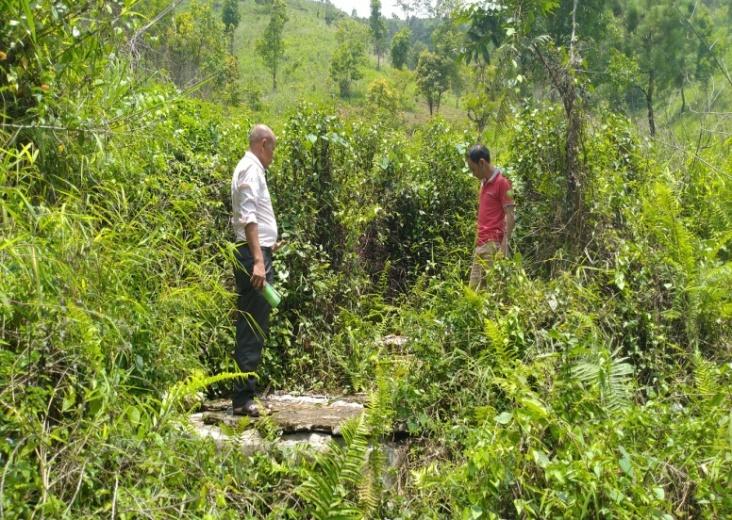
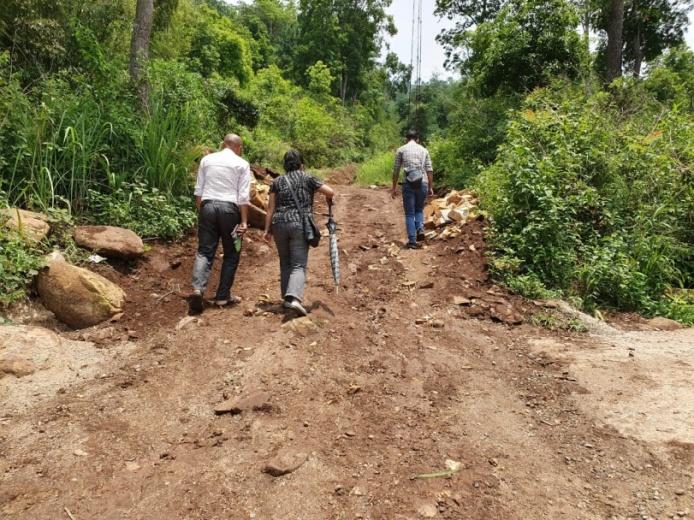
Figure 1 : Ground-truthing at Umdohbyrthih Village.
Case Findings & Selection parameters: -
1. There are a total of 75 HH, 72HH have ration cards, out of which 6 fall under AAY and 66 under PHH category.
2. VEC actively performing.
3. They have approximately 600 acres of shared community land.
4. About 40 acres of land are barren land and 10 acres of degraded land which they want to develop.
5. About 6 acres of agri. field not covered under assured irrigation.
6. They have two drinking water sources, five springs and three rivers (Wah Umroi, Um tyrnah and wah Umdohbyrthih).
7. 3 acres of land are under a stone quarry.
The Village has been selected under the Community Led Landscape Management Project
Ground Truthing Dated: 31.05.2019
On the 31st May 2019 the CLLMP met with Shri. Pynwanbor Sylliang the headman of Umdohbyrthih village under Bhoirymbong C&RD Block to discuss with him about the present situation of the village. He provided the Team with important information regarding the current scenario of the landscape and the natural resource management under his headman ship.


Case Findings:-
Total of 80 HHs out of which 32 fall under BPL category.
VEC actively performing.
They have approximately 600 acres of shared community land.
About 40 acres of land are barren land and 10 acres of degraded land which they want to develop.
About 6 acres of agri. field not covered under assured irrigation.
They have two drinking water sources, five springs and three rivers (WahUmroi, Umtyrnah and wah Umdohbyrthih).
3 acres of land are under a stone quarry.
2. Sensitization Programme Dated: 26.06.2019
The sensitization programme took place on the 26th of June 2019 at the Community Hall of Umdohbyrthih Village. The headman of Umdohbyrthih Village, Shri. Pynwanbor Sylliang presided over the programme. Around fifty six (56)villagers attended the sensitization program making it a huge success.
The District Project Manager , Mr Vanshan Buhphanggave a brief introduction on Meghalaya Basin Management Agency (MBMA) and elucidated about the various programmes and projects that MBMA is working on, but mainly focused on the Community Led Landscape Management Project (CLLMP). He also spoke about the different aspects and procedures of the project and give due importance on the environmental aspects of the project.
The DPM of CLLMP RI Bhoi District at the sensitization
Program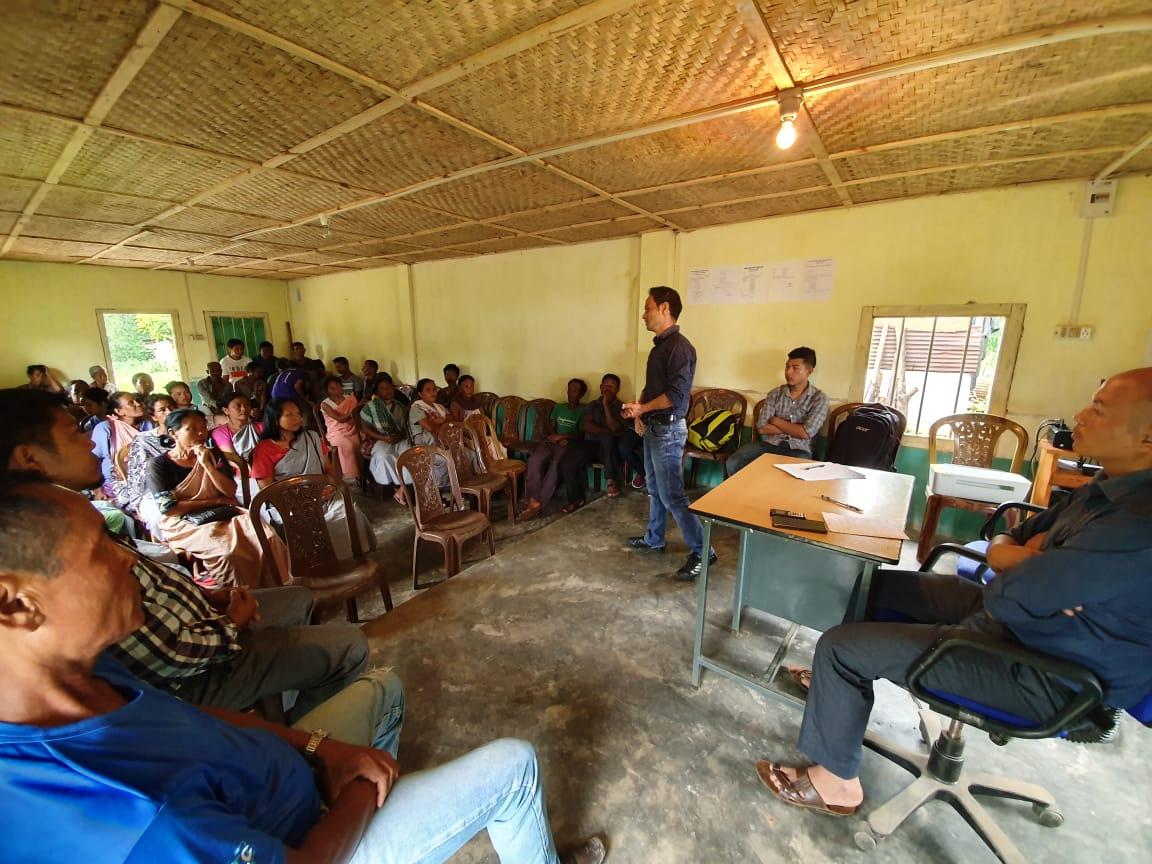
The Program was followed by an interactive session to answer the doubts and questions of the villagers.
2.2 Signing of Documents: After the interactive session, the village signed the Expression of Interest (EOI), the Village Grant Agreement(VGA) and the Green charter.


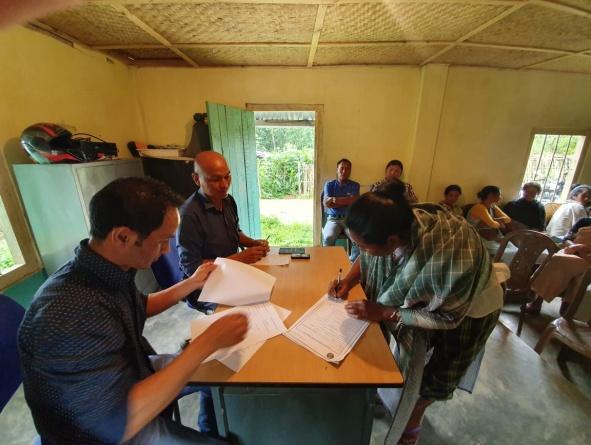
2.3 Formation of the VNRMC
The Formation of the Village Natural Resource Management Committee was done in a public meeting in the presence of the entire village and the CLLMP staffs. The Village Executive Committee (VEC) and the entire community carried out the procedure and elected the members of the VNRMC on the 26th of June 2019.
Listed below are the members of the VNRMC:
|
|||||||||
|---|---|---|---|---|---|---|---|---|---|
|
Name in Full | Designation | Gender M/F | Age (Yrs) | Education | Occupation | Community | Religion and Denomination | Contact No and email address |
|
Pynwanbor Sylliang |
President | M | 33 | XII | Farmer | Khasi | Christian | 8794062180 |
|
RionaShabong | Secretary | F | 42 | IX | ASHA | Khasi | Christian | 8258964010 |
|
Jim Robert Kharkongor | Book keeper | M | 35 | XII | Teacher | Khasi | Christian | 8787567741 |
|
IdoraSylliang | Member | F | 50 | II | Farmer | Khasi | Christian | 8258039753 |
|
PonpilSylliang | Member | F | 65 | II | Farmer | Khasi | Christian | 8257863315 |
|
Gracelinda Dkhar | Member | F | 37 | IX | Vendor | Khasi | Christian | 8256921622 |
|
Robin mallai | Member | M | 36 | VIII | Farmer | Khasi | Christian | 8257867733 |
|
Keeper Sylliang | Member | M | 36 | XII | Farmer | Khasi | Christian | 883739953 |
|
Sonny Nongsie | Member | M | 26 | VIII | Farmer | Khasi | Christian | NA |
Listed below are the Village Community Facilitators
| Village Community Facilitators | |||||||
|---|---|---|---|---|---|---|---|
| SI. NO | Name | Gender | Age | Education | Contact Number | Role | |
| 1 | Binika Jyrwa | F | 25 | BA | 8257818476 | Social & Knowledge Management | |
| 2 | Pynthymmaibor Sylliang | M | 20 | X | 8259812723 | Environment & GIS | |
| 3 | Velteshasar Sylliang | M | 24 | BA | 8794678775 | Project Management (M&E) |
|
Listed below are the members of the Purchase Committee.
| Purchase Committee | |||||
|---|---|---|---|---|---|
| Sl No | Name in Full | Gender M/F | Age (in Yrs) | Education | Contact No and email address |
| 1 | Sonny Nongsiej | M | 27 | VIII | 8258019704 |
| 2 | Ponple Sylliang | F | 64 | II | 8257863315 |
| 3 | Robin Mallai | M | 36 | VIII | 8257867733 |
| 4 | Kupar Sylliang | M | 36 | XII | NA |
| 5 | Gracelinda Dkhar | F | 37 | IX | 8256921622 |
3. Opening of Bank Account Dated: 30.08.2019
The opening of the bank account was initiated after the village signed the EOI (Expression of Interest), the VGA (Village Grant Agreement) and the Green Charter. Umdohbyrthih village opened their VNRMC account on the 30th of August 2019.
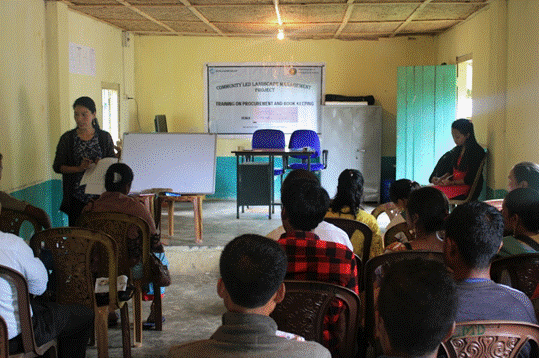
Ms. Darilang Marboh, Accountant of CLLMP Ri Bhoi District trained the Purchasing and Procurement Committee of Umdohbyrthih Village on matters relating to Accounts and Bookkeeping on 13.09.2019.
Topics Covered:
Principles of Community Procurement
Benefits of Community Procurement
Important aspects undertaken by Community Procurement.
Procurement Process/Steps
Function of Purchase Committee
Important Procurement records to be maintained
Financial limits and methods
4. Participatory Rural Appraisal Exercise Dated: 12.07.2019
Day 1: 12th of July 2019.
The PRA exercise aims to incorporate the knowledge and opinions
of the community in the planning and management of development
projects and programmes. PRA exercise at Umdohbyrthih Village took
place on the12th of July 2019. There were a total of 14 villagers
taking part in this exercise. During the PRA exercise, the CLLMP
officials and the community members were divided into groups to
carry out the transect walk, fill the
Social and Environmental Templates, the Seasonal Calendar, draw the
Boundary map the Resource Map the activities conclude with an
extensive discussion on the issues and challenges that the community
faces and how they can be addressed through the CLLM-Project.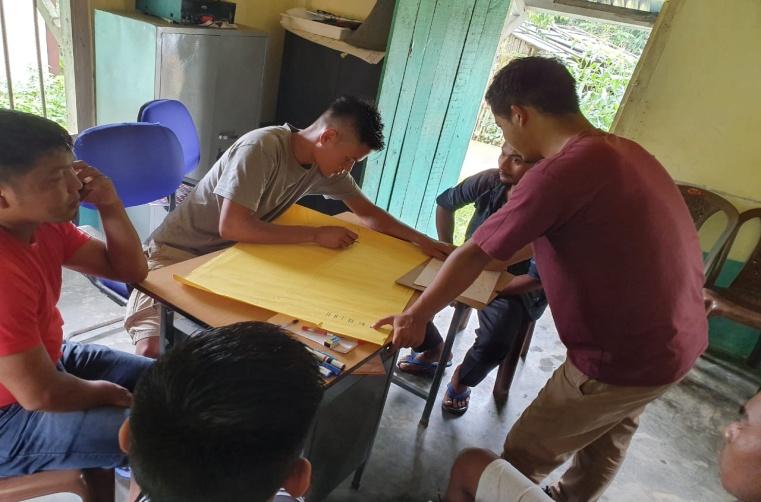
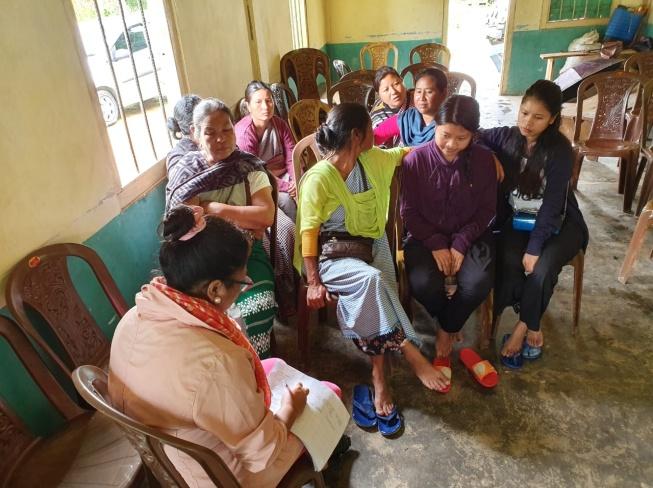
Resource Map drwan by the youths of Umdohbyrthih Village
Findings Based on the resource map prepared by the participants of the PRA Exercise at Umdohbyrthih Village:
1. The main agricultural produce are paddy and ginger
2. Community forest is located outside the village which is a shared
forest with the other Umroi localities of the larger Umroi
agglomeration.
3. Barren patches of land are more prevalent in the northern hill
slopes near Mawthei village
4. There are two main springs for drinking water and two check dams
already existing for irrigation of paddy fields.
5. Bamboo is also present in abundance and is an important
resource.
6. There are roads under Megha lamp and MNREGA
7. There are several fish ponds which are under private
ownership
8. Private forests are also present but in small patches.
9. There are three streams that emerge from the village and become
tributaries of the larger Umiam river that intersects the village
in the southern boundary.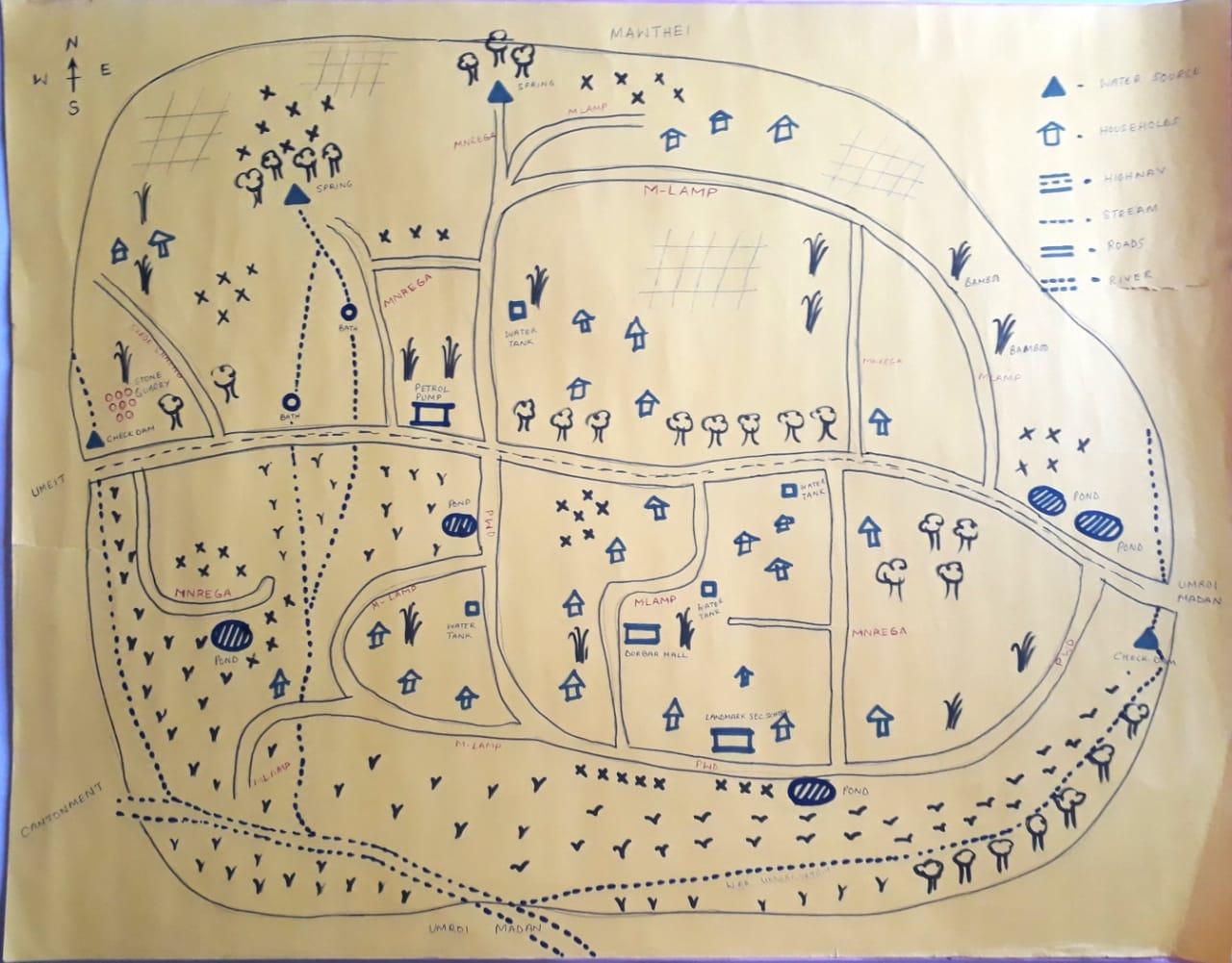
Priority Interventions required based on the PRA
Exercise:
1. To increase the discharge for springs
2. Vermicompost to increase soil Productivity
3. Paddy cum cultivation
4. Community nursery for fruit trees and endemic trees
5. Afforestation activities are needed.
Proposed site for Afforestation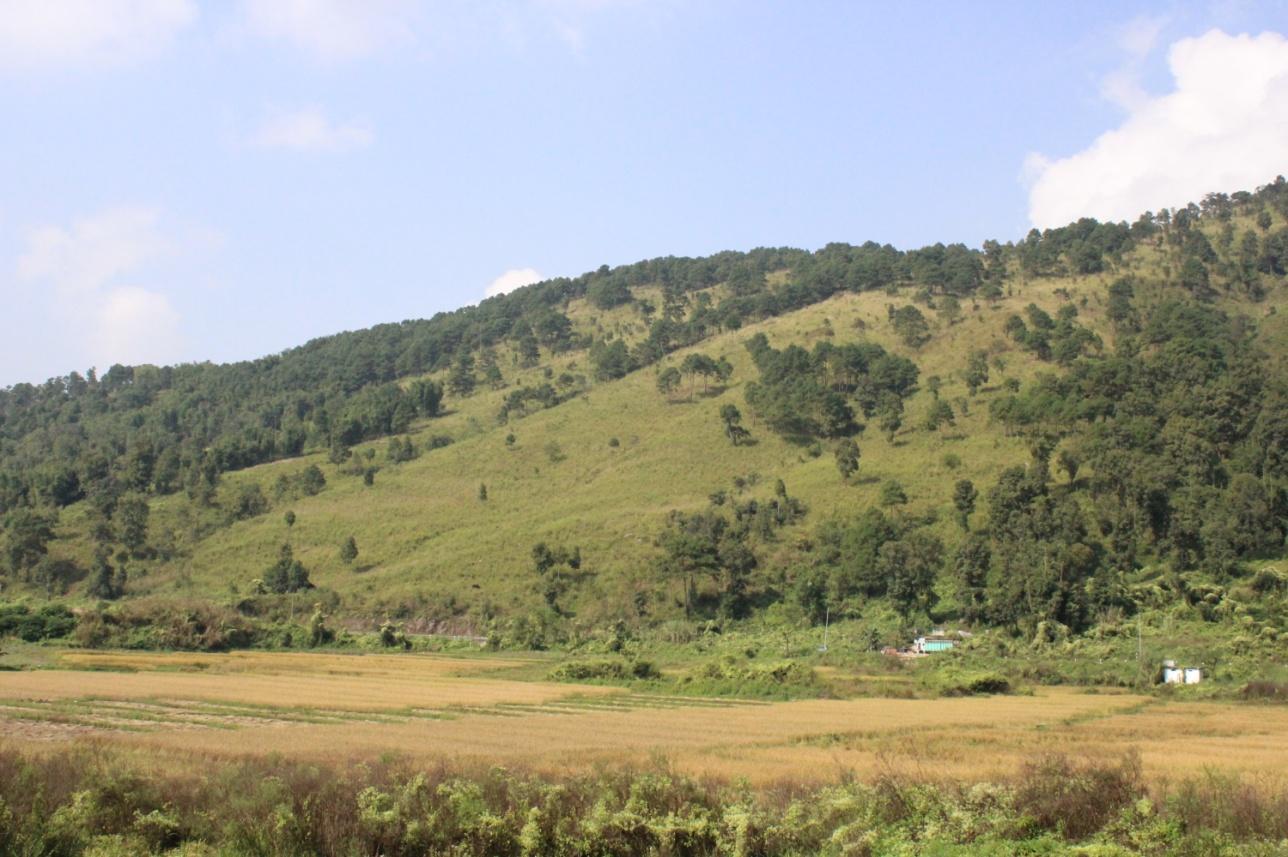
PROBLEM ANALYSIS (19.08.2020)
Do people have sufficient access to supply of fodder, fuel wood, leaf litter?
Access to fodder supply is less and they have to buy to fulfil their cattle.
Has access to timber improved or reduced over the years? How is access for household use and commercial use managed?
Access to Timber has reduced over the years due to the restriction over the use of the Community Forest.
Access to household and commercial use is different for they are using LPG for their cooking to improve their livelihood.
Are the water bodies facing any threats?
Yes, two Springs are facing threats due to:
1.Khlieh Umkor - Siltation
2. Um Krukru – Domestic Waste
Yes, one Stream(Umdohbyrthih) is facing threat due to dumping of Domestic waste
Do all people in the village have access to drinking water? What are the challenges?
Yes, all households in the village are provided with drinking water. Community wells and tap water are also available in the village for the supply of drinking water to the people.
The only challenges that they are facing is the distance of fetching water for drinking.
Are there degraded areas in the village (open/ degraded forests, mining affected, high soil erosion etc.)?
NONE
What has caused this degradation? Are there practices causing threats to availability and access to natural resources?
NONE
What have been the changes in agricultural practices?
With the availability of agricultural machines the work is being done easier and faster.
The people have started to cultivate more vegetables which helps them to increase their level of income as compared before
Are there any challenges in farming?
Decline in soil fertility over the years. Moreover the use of chemical Fertilizers has further damaged the soil and overuse of the same soil for farming has affected the soil. High price of manure has also been the main problem in farming.
Before they cultivate only ginger, potato and maize but recently they have also started cultivation of fresh bean, pea, cucumber, cabbage, cauliflower, radish etc.
How would you consider the health situation in your village?
Fever is the main sickness that the villagers faced. It is mainly because of the changes in weather conditions.
In case of serious illness the villagers have to travel a distance of 5km to CHC Bhoirymbong for treatment.
How is the situation of cleanliness, sanitation, access to toilets and waste management?
Cleanliness is the top most priority of the village and it is the duty of every member in the village to maintain cleanliness in the village. Once a month there is a cleaning drive programme in the village organised by the Headman of the village and everyone take active participation in the programme.
Toilets and waste management are also available in every household in the village.
Who are the most vulnerable in the village? What can be done to improve their lives?
As per the information given by the villagers there is equal treatment and that there is no vulnerable group in the village.
What are the livelihood aspirations of the youth? Are there any avenues available?
The majority of the population turn to farming, daily wage and Job-Card under MGNREGA for employment.
Do any committees/ institutions/ rules exist to manage and monitor natural resources in the village?
The VNRMC under the CLLMP will manage the natural resources in the village and the villagers are also taking active participation in maintaining the natural resources.
What are some of the major issues of conflict in the village?
The major issue or conflict in the village is alcohol abuse coming from outside the village which caused a disturbance in the village.
Have any of the above issues been discussed in village meetings?
In case of any conflict in the village the Village Dorbar discussed the issues and addressed these problems with better solutions.
How do people resolve disagreements and conflicts?
All disagreements and conflicts are addressed by the traditional institution of village governance called the Village Dorbar.
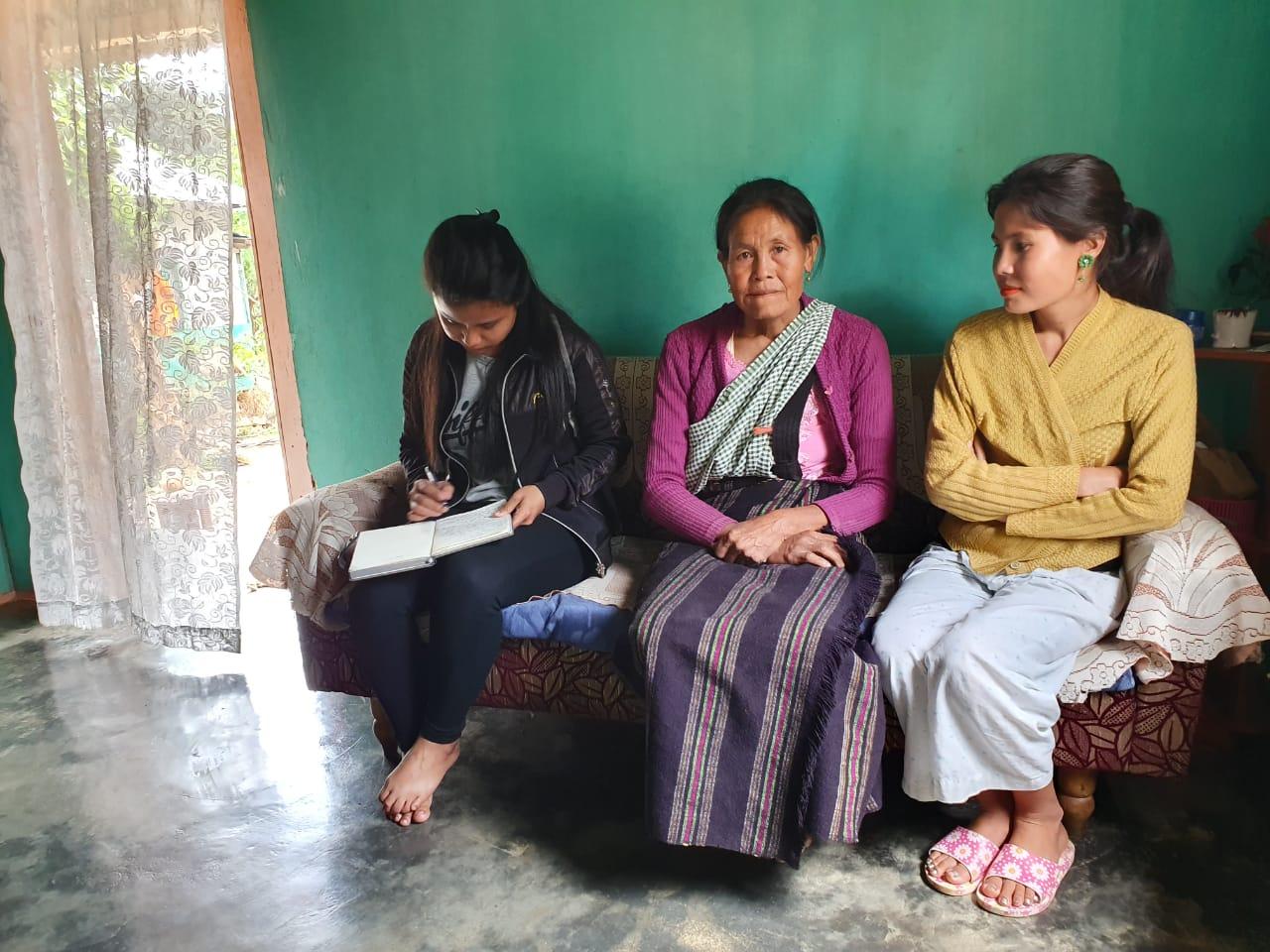
Seasonality Calendar
The CLLMP team also mapped the seasonal calendar of Umdohbyrthih Village to help identify heavy workload periods, periods of relative ease, credit crunch, diseases, food security, wage availability etc. This will prove helpful in project planning and project timeline framing.
| SEASONAL CALENDAR | |||||||||||||
|---|---|---|---|---|---|---|---|---|---|---|---|---|---|
| Sl No. | CRITERIA | JAN | FEB | MAR | APRL | MAY | JUNE | JULY | AUG | SEP | OCT | NOV | DEC |
| 1 | Water Scarcity | 2 | 2 | 1 | 1 | 3 | |||||||
| 2 | Prone to sickness | 3 | 1 | 1 | 1 | 2 | 2 | ||||||
| 3 | Seeking job outside | 3 | 2 | ||||||||||
| 4 | Rain Fall | 3 | 3 | 1 | 1 | 2 | 2 | ||||||
| 5 | Free – Less work | 1 | 2 | ||||||||||
| 6 | Paddy Cultivation | 1 | 1 | ||||||||||
| 7 | Paddy harvesting | 1 | 2 | ||||||||||
| 8 | Ginger cultivation | 1 | 2 | 3 | |||||||||
| 9 | Ginger harvesting | 2 | 3 | 1 | |||||||||
| 10 | Tree Plantation | 1 | 1 | 2 | 3 | ||||||||
| 11 | Vegetable (crop cultivation) | 1 | 1 | 2 | 2 | 3 | |||||||
| 12 | Vegetable (crop harvesting) | 3 | 1 | 1 | 2 | 2 | 3 | ||||||
| 13 | Festive Season | 1 | 2 | 3 | 1 | ||||||||
| 14 | Forest fire | 1 | 2 | ||||||||||
| 15 | Collection of Fuel wood | 1 | 2 | 3 | 1 | ||||||||
| MAXIMUM | 1 |
|---|---|
| MODERATE | 2 |
| LESS | 3 |
5. Training on the Development of the Community Natural
Resource Management Plan (CNRMP)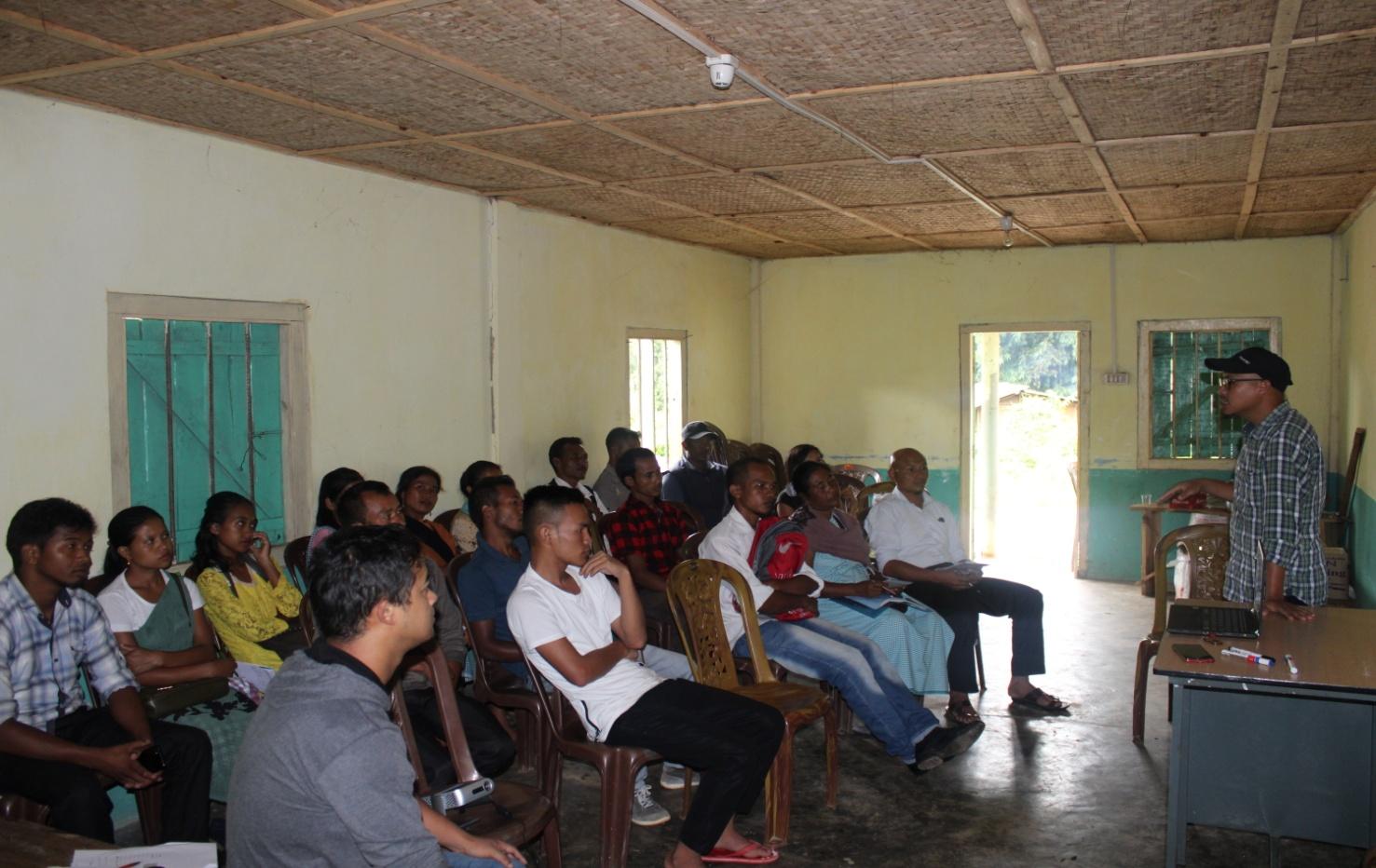
With the completion of the Participatory Rural Appraisal (PRA) Exercise, a training to help the VNRMC develop their Community Natural Resource Management Plan or CNRMP was organized on the 13th of September 2019 at Umdohbyrthih Village.
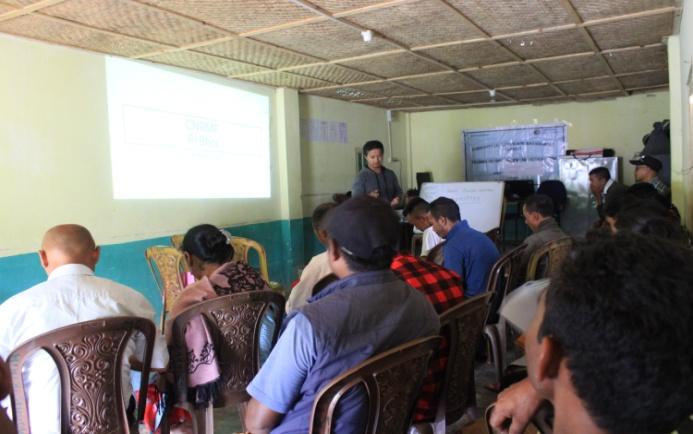
Mr. Jyswill Nongpiur , Manager Environment Management along with Mr. Reuben Shabong , Assistant Manager for Environment Management discussed the different types of plans that can be adopted by the villages and stressed on the need for more holistic and sustainable plans which will benefit the community as a whole.
4. Submission of the CNRMP by the VNRMC 
Plan Estimate: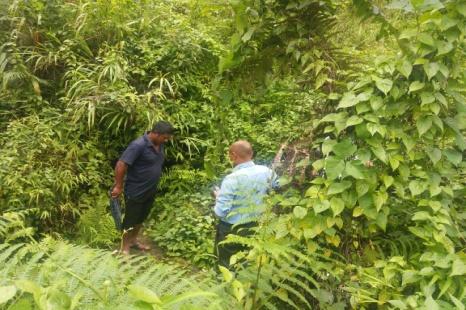
Mr. Ebrinson Synnah, Field Engineer of the CLLMP Team alo made an inspection to the proposed intervention sites of the CNRM Plan Proposed by the VNRMC of Umdohbythih Village
5. The Final Community Natural Resource Management Plan
|
Name of Proposed Interventions | Site |
|
Nos of HHs expected to Benefit | Priority (High/ Medium/ Low) | ||
|---|---|---|---|---|---|---|---|
|
|
|
|||||
| 1 |
|
Umlambho |
|
|
|
|
|
| 2 |
|
Lum Majaw |
|
|
|
|
|
| 3 |
|
Near Dorbar hall |
|
|
|
|
|
| 4 |
|
Fragile hill slopes around the village |
|
|
|
|
|
| 5 |
|
Khlaw Shnong |
|
|
|
|
|
| 6 |
|
Near Dorbar hall |
|
|
|
|
|
| 7 |
|
Lum Majaw |
|
|
|
|
|
| 8 |
|
Nongrim (Umlymbhu) |
|
|
|
|
|
| 9 |
|
Near Mawknor |
|
|
|
|
|
| 10 |
|
Football ground |
|
|
|
|
|
| 11 | Fencing | Khlaw Sarkari |
|
|
|
|
|
| 12 |
|
Lum Sohkhoit |
|
|
|
|
|
6. GIS Activities
|
|
|
|---|---|---|
|
|
|
|
|
|
|
|
|
|
|
|
|
|
|
|
|
|
|
|
|
|
|
|
|
|
|
|
|
|
|
|
|
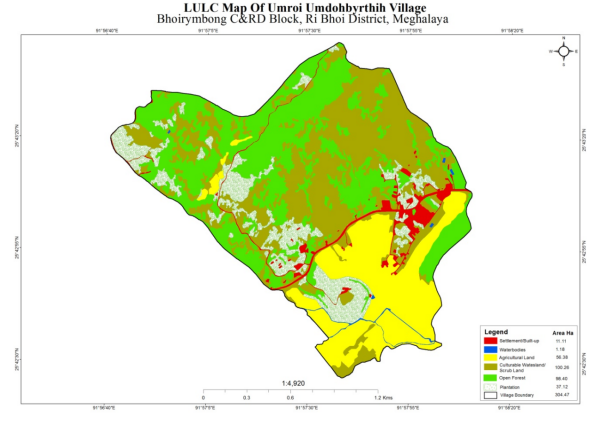
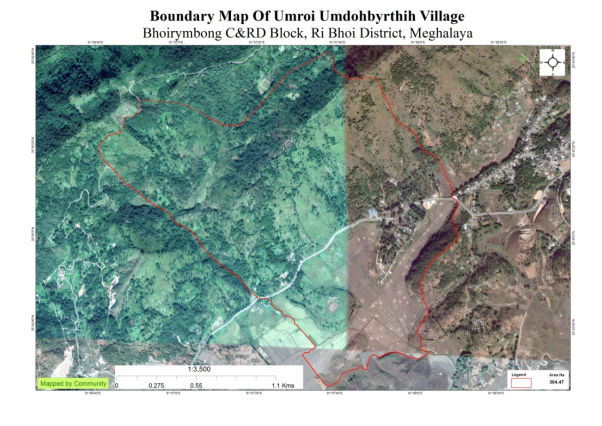
Project Implementation
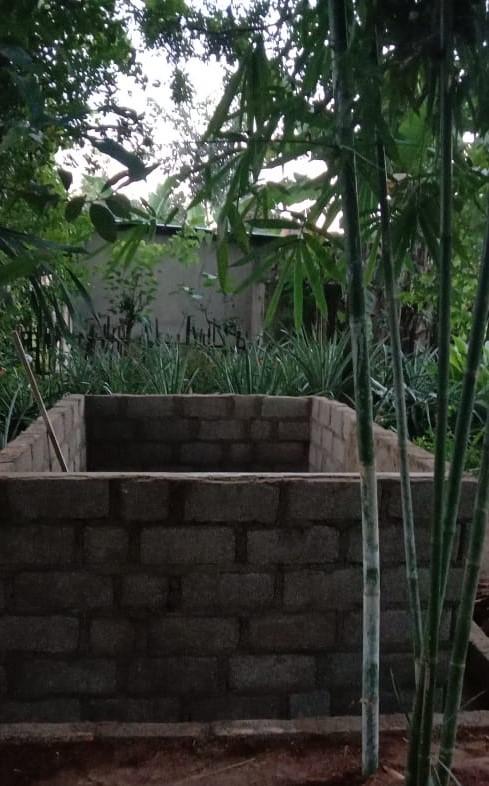
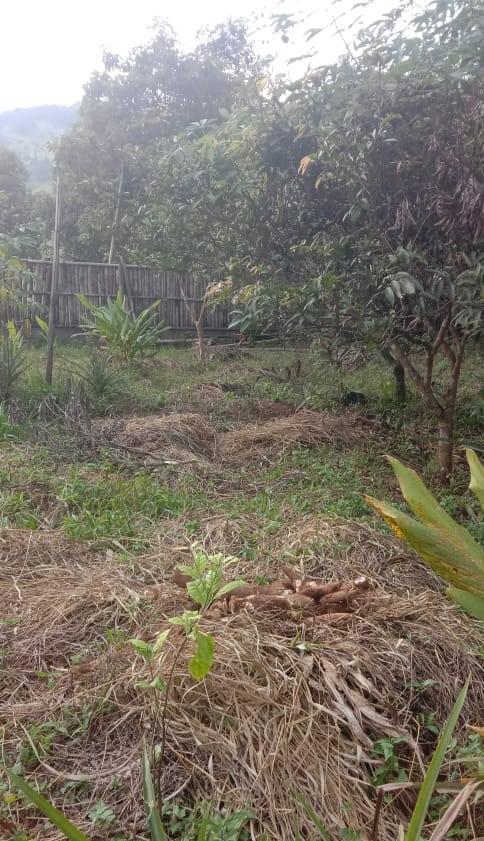
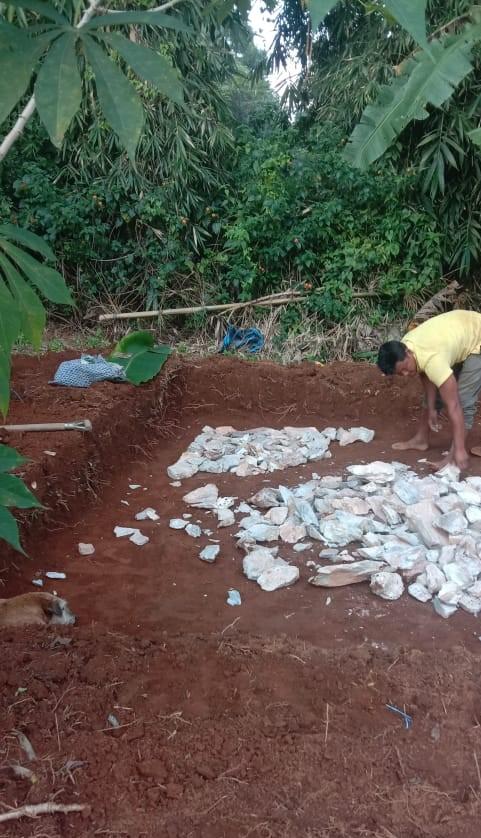
| 1. | Type Of Intervention | Site Name | GPS Co-ordinates | Amount Sanctioned | Work Status | |
|---|---|---|---|---|---|---|
| Vermi-Compost | Pdeng Shnong | 25.720472N | 91.964437 E | Rs. 3,36,500/- | Completed | |
| 2. | Type Of Intervention | Site Name | GPS Co-ordinates | Amount Sanctioned | Work Status | |
|---|---|---|---|---|---|---|
| Contour Trenches | Khlieh Umkor | 25.721232 N | 91.963712 E | ₹ 33,160.00 | Completed | |
| 3. | Type Of Intervention | Site Name | GPS Co-ordinates | Amount Sanctioned | Work Status | |
|---|---|---|---|---|---|---|
| Check Dam | Khlieh Umkor | 25.720808 N | 91.964031 E | ₹ 1,92,730.00 | Completed | |
| 4. | Type Of Intervention | Site Name | GPS Co-ordinates | Amount Sanctioned | Work Status | |
|---|---|---|---|---|---|---|
| Nursery | Khlieh Umkor | 25.720522 N | 91.964322 E | ₹ 1,19,300.00 | Completed | |
| 5. | Type Of Intervention | Site Name | GPS Co-ordinates | Amount Sanctioned | Work Status | |
|---|---|---|---|---|---|---|
| Head Work | Umkrukru | 25.719823 N | 91.961607 E | ₹ 2,19,480.00 | Completed | |
| 6. | Type Of Intervention | Site Name | GPS Co-ordinates | Amount Sanctioned | Work Status | |
|---|---|---|---|---|---|---|
| Afforestation | Umbsein | 25.722106 N | 91.964771 E | ₹ 4,63,100.00 | Completed | |
| 7. | Type Of Intervention | Site Name | GPS Co-ordinates | Amount Sanctioned | Work Status | |
|---|---|---|---|---|---|---|
| Loose boulder gully plug | Khlieh Umkor | 25.720787 N | 91.964037 E | ₹ 1,32,450.00 | Completed | |
| 8. | Type Of Intervention | Site Name | GPS Co-ordinates | Amount Sanctioned | Work Status | |
|---|---|---|---|---|---|---|
| Filtration Tank | Umkrukru | 25.719845 N | 91.961527 E | ₹ 2,14,400.00 | Completed | |
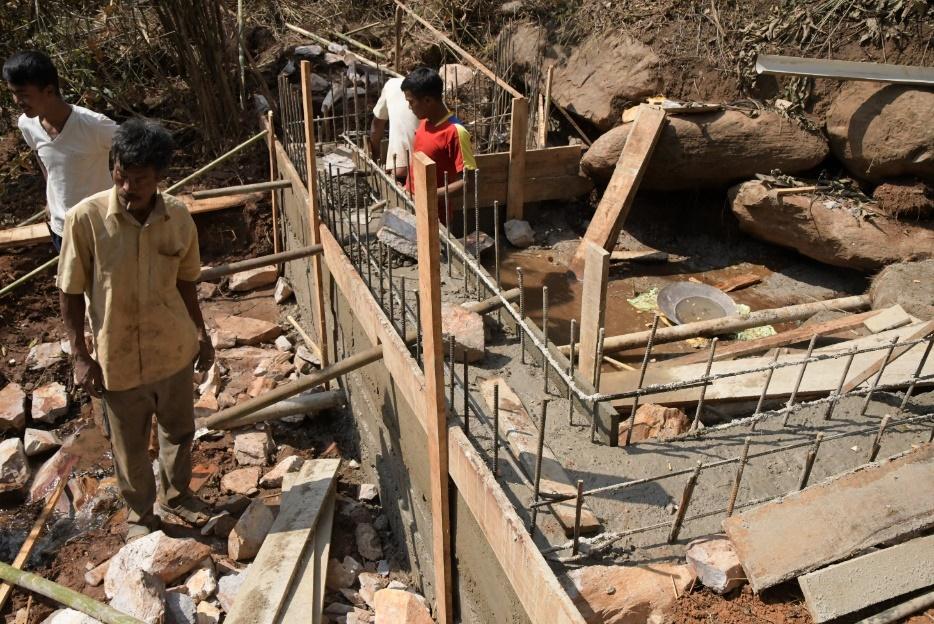
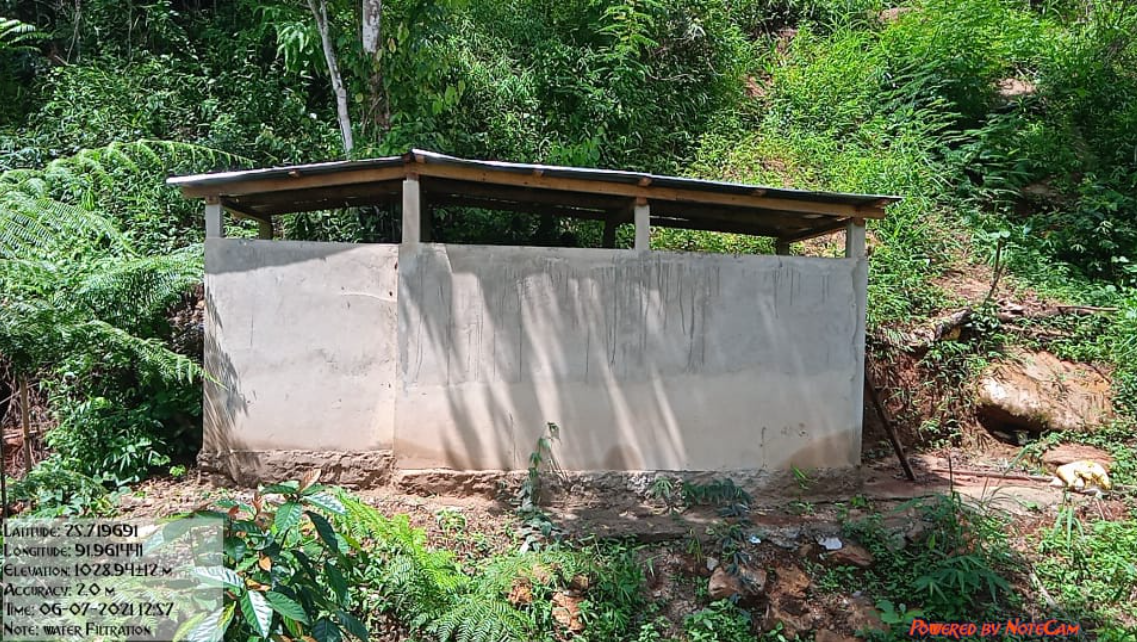
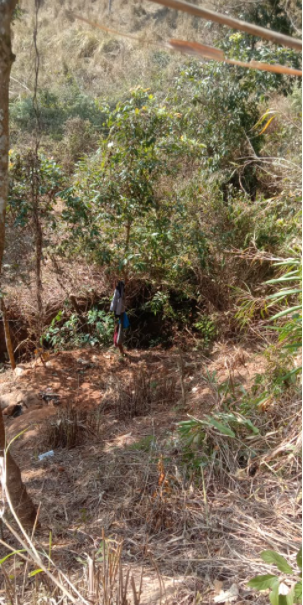
| 9. | Type Of Intervention | Site Name | GPS Co-ordinates | Amount Sanctioned | Work Status | |
|---|---|---|---|---|---|---|
| Horticulture | Umbseiñ | 25.715863 N | 91.955964 E | ₹ 84,880.00 | Completed | |
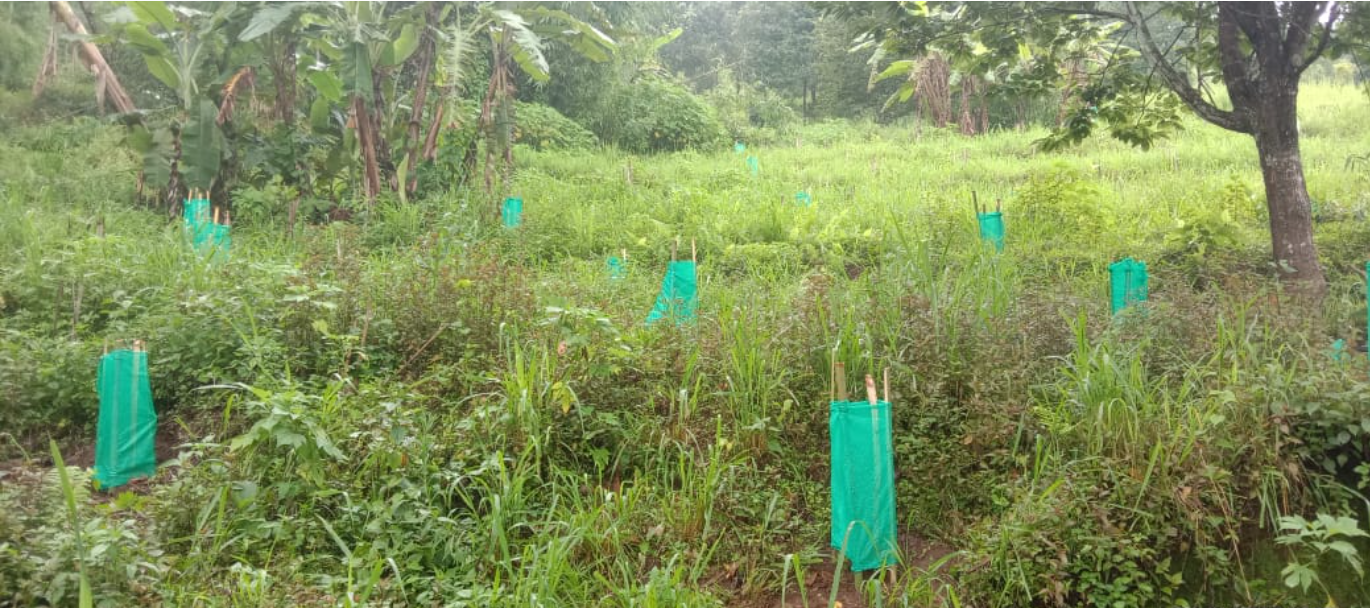
| 10. | Type Of Intervention | Site Name | GPS Co-ordinates | Amount Sanctioned | Work Status | |
|---|---|---|---|---|---|---|
| Waste Plastic management bin | Madan School | 25.716978 N | 91.966648 E | ₹ 55,000.00 | Completed | |

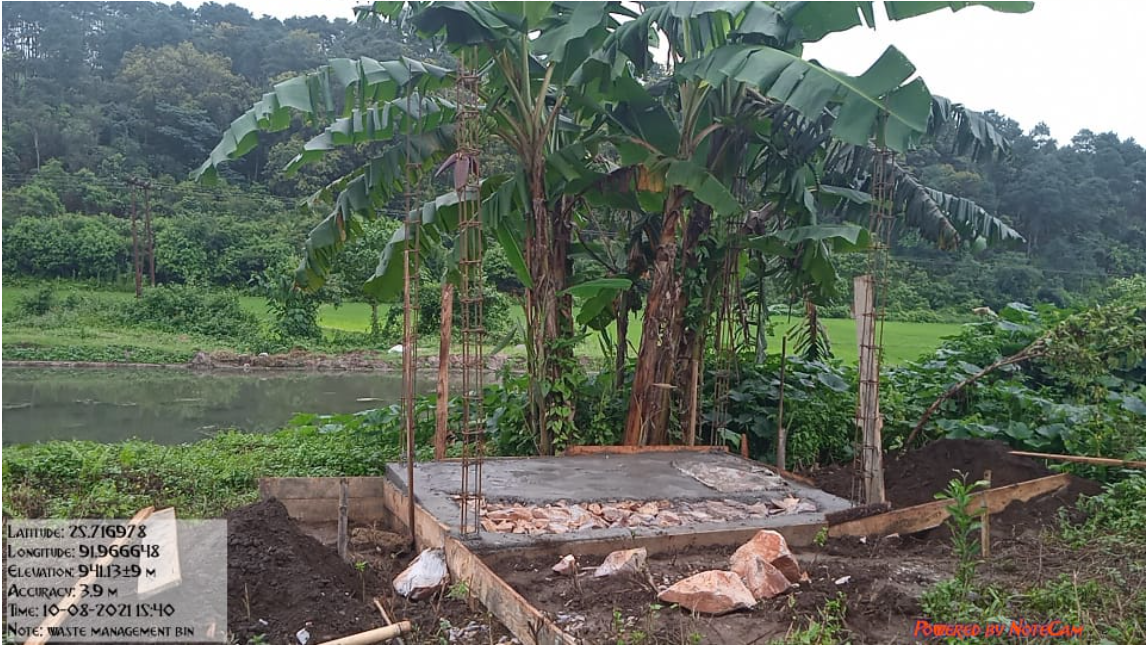
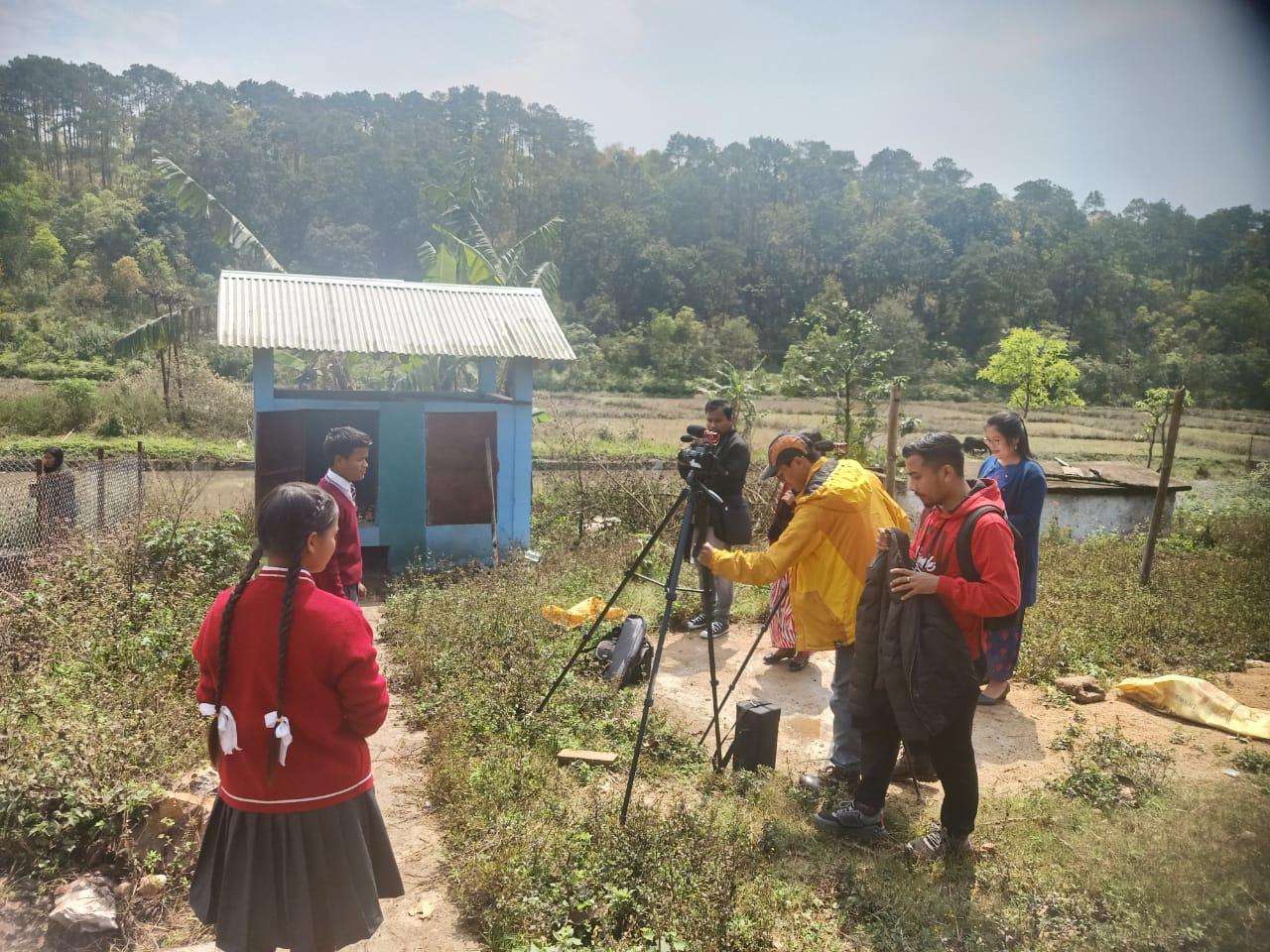
| 11. | Type Of Intervention | Site Name | GPS Co-ordinates | Amount Sanctioned | Work Status | |
|---|---|---|---|---|---|---|
| RCC Retaining wall | Khlieh Umkor | 25.720813 N | 91.964004 E | ₹ 1,94,000.00 | Completed | |

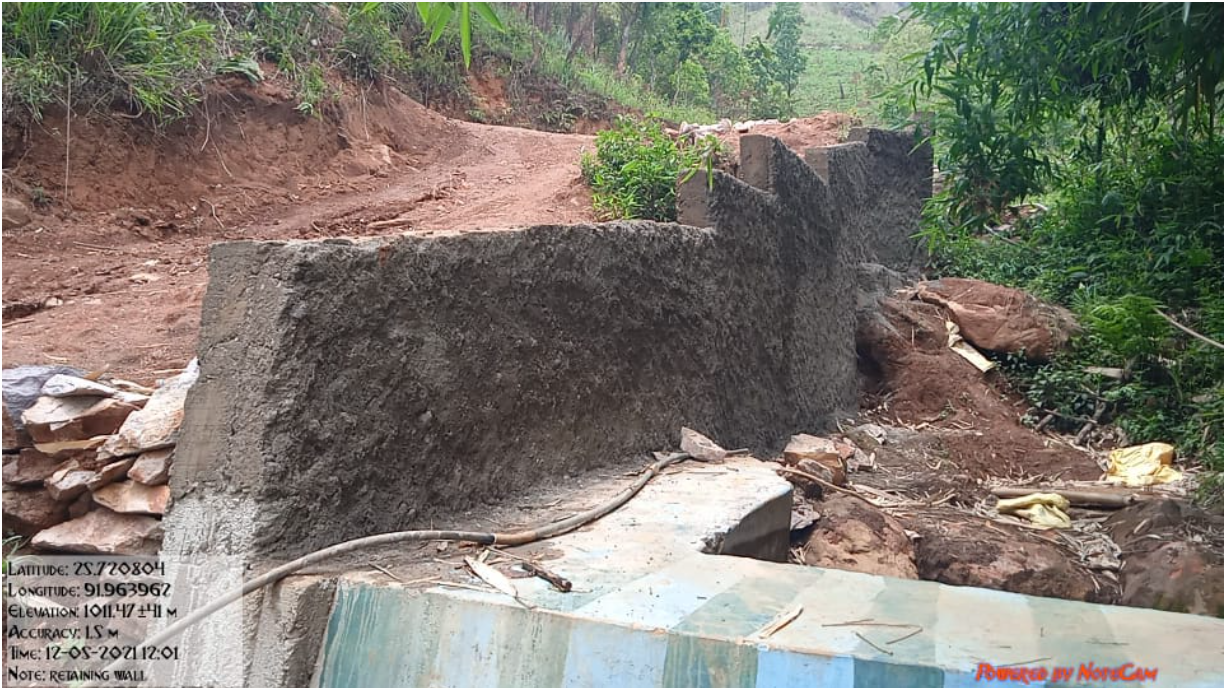
| 12. | Type Of Intervention | Site Name | GPS Co-ordinates | Amount Sanctioned | Work Status | |
|---|---|---|---|---|---|---|
| RR Retaining Wall | Umkrukru | 25.719854 N | 91.961482 E | ₹ 1,10,000.00 | Completed | |
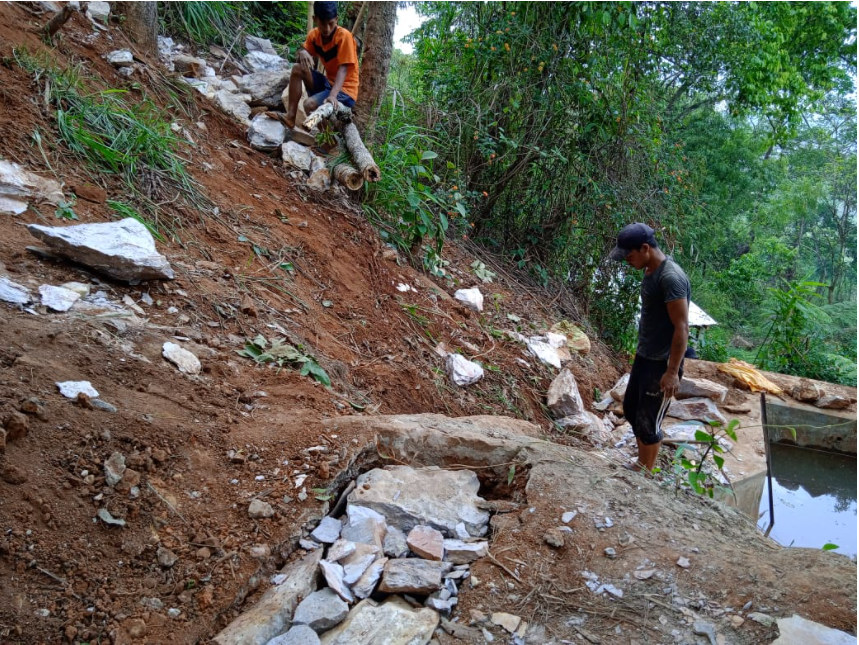
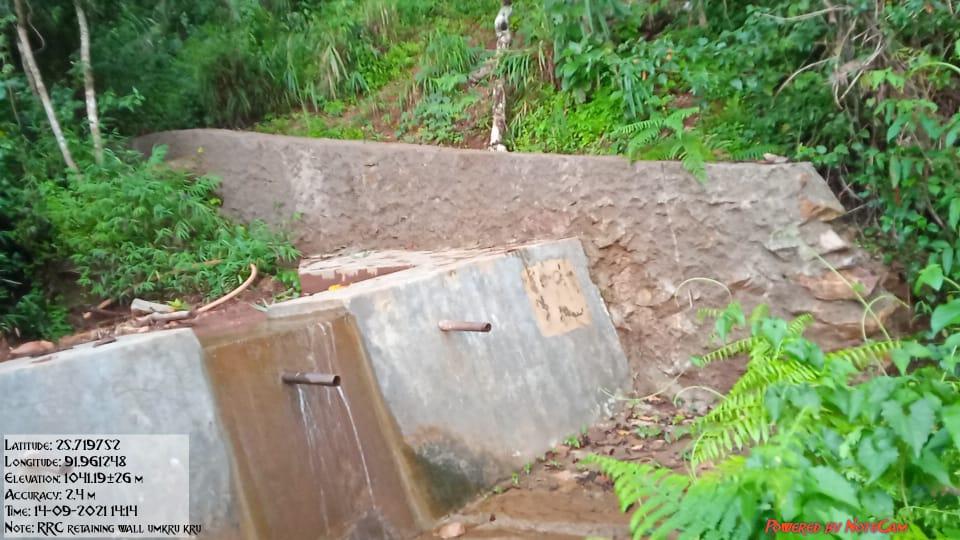


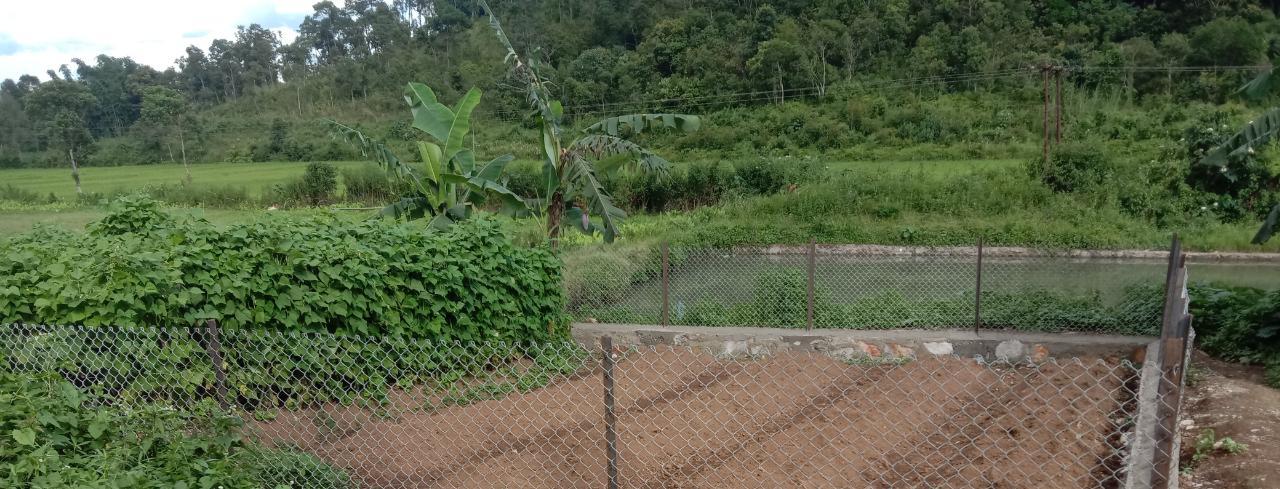
| Intervention | Site | Amount | Status |
|---|---|---|---|
| Kitchen garden | Madan Skul | 2,00,000 | Completed |


| Intervention | Site | Amount | Status |
|---|---|---|---|
| Upgradation of Nursery | Bir am Strong | 3,00,000 | Completed |


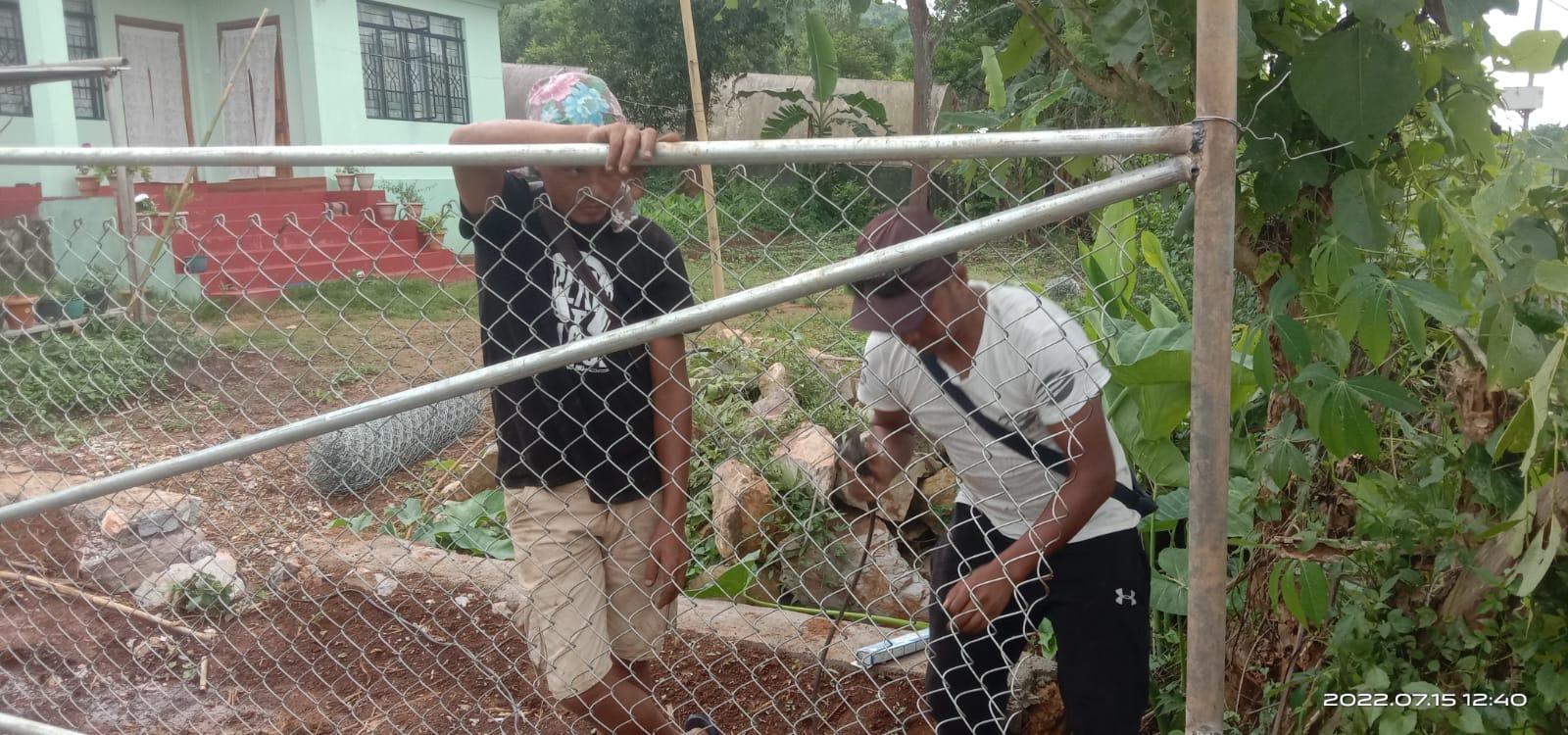
| Intervention | Site | Amount | Status |
|---|---|---|---|
FMP Activities 1.Fire control line 2.Nursery for food forestry (providing seed sampling for existing nursery) 3.Community-forest boundary survey 4.Assisted natural regeneration in open forest (contour bunds) 5.Enrichment planting in forest blanks (afforestation) 6. in-situ & ex-situ conservation of rare and endangered plants |
Community Land | 24,600 11,000 3,000 39,360 67,289 4,000 |
Completed |
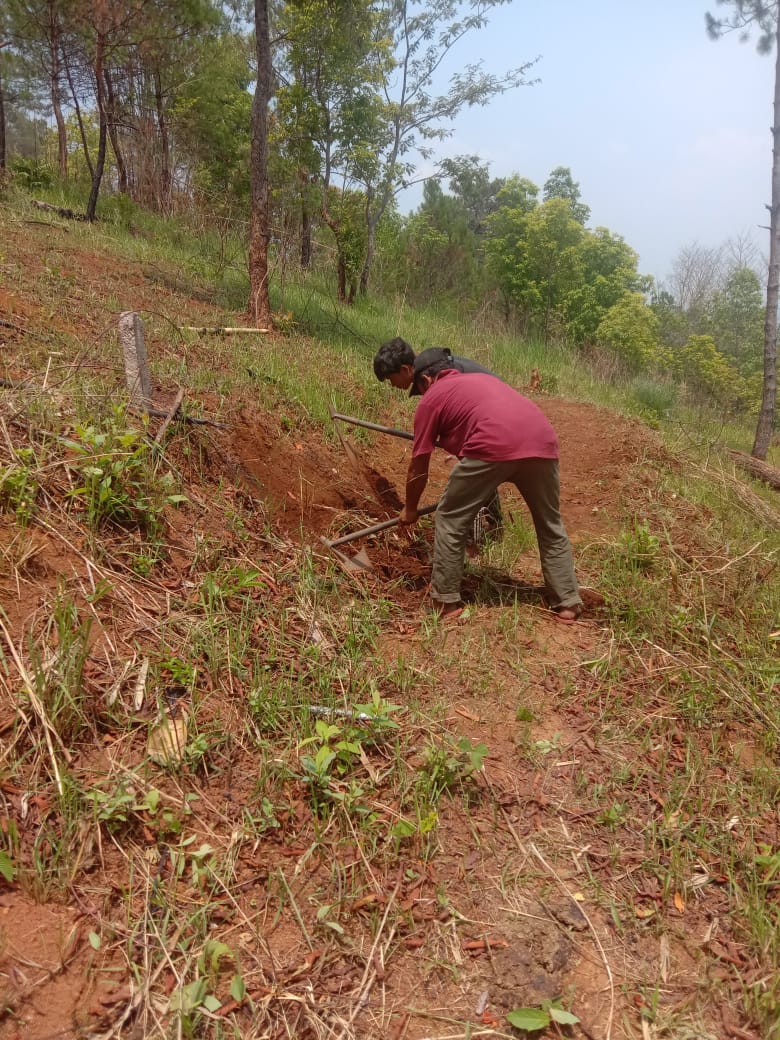
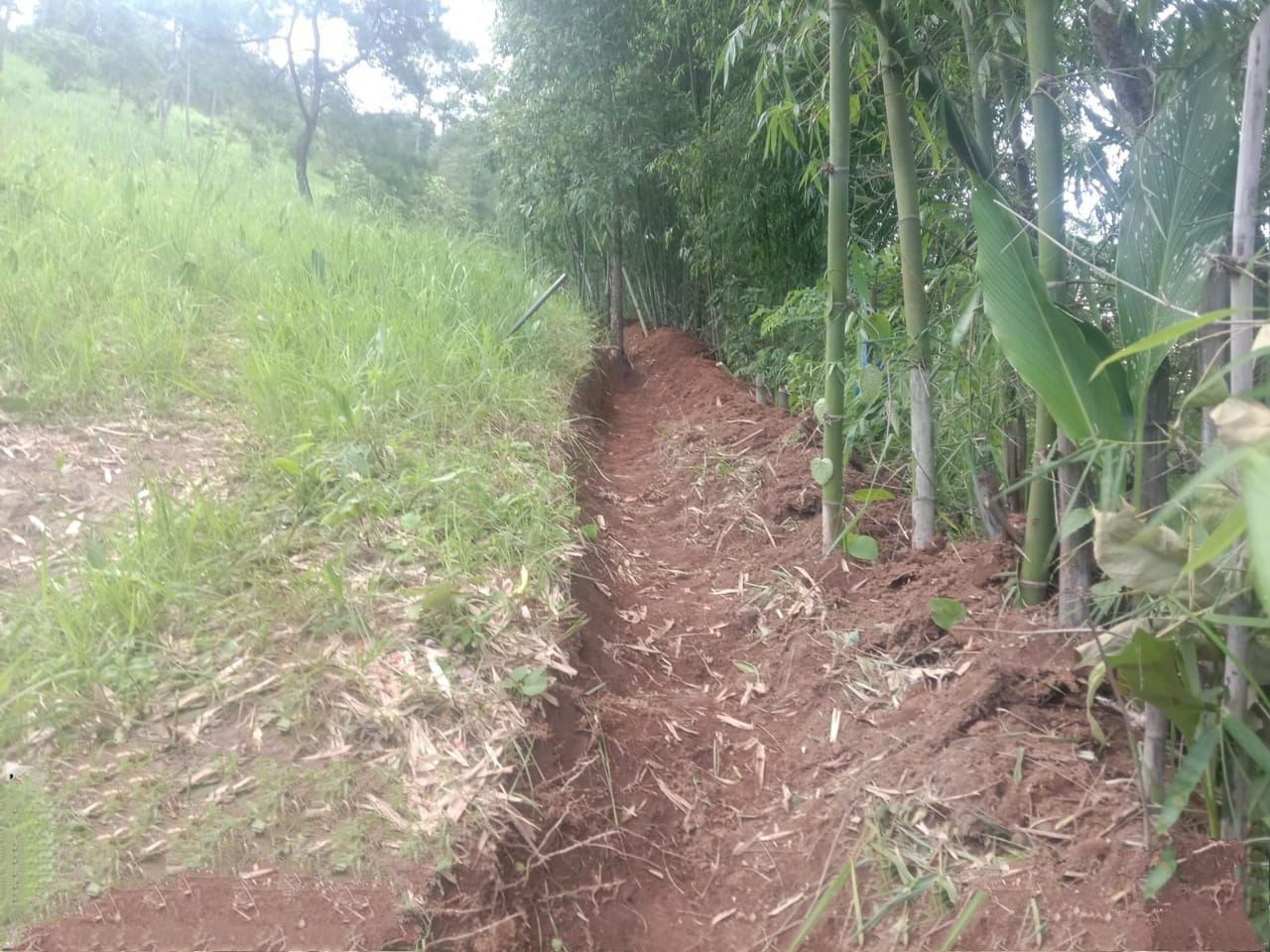
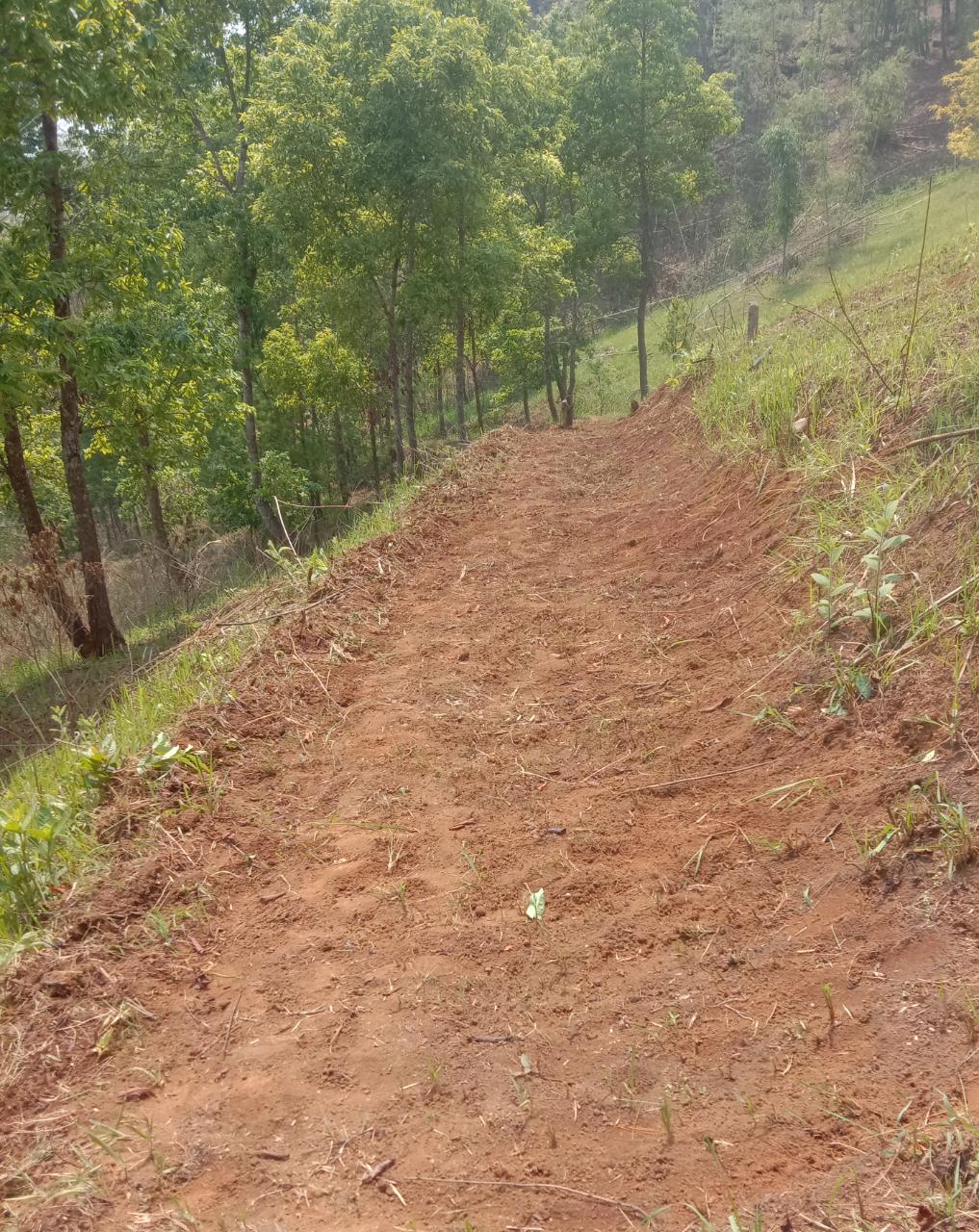
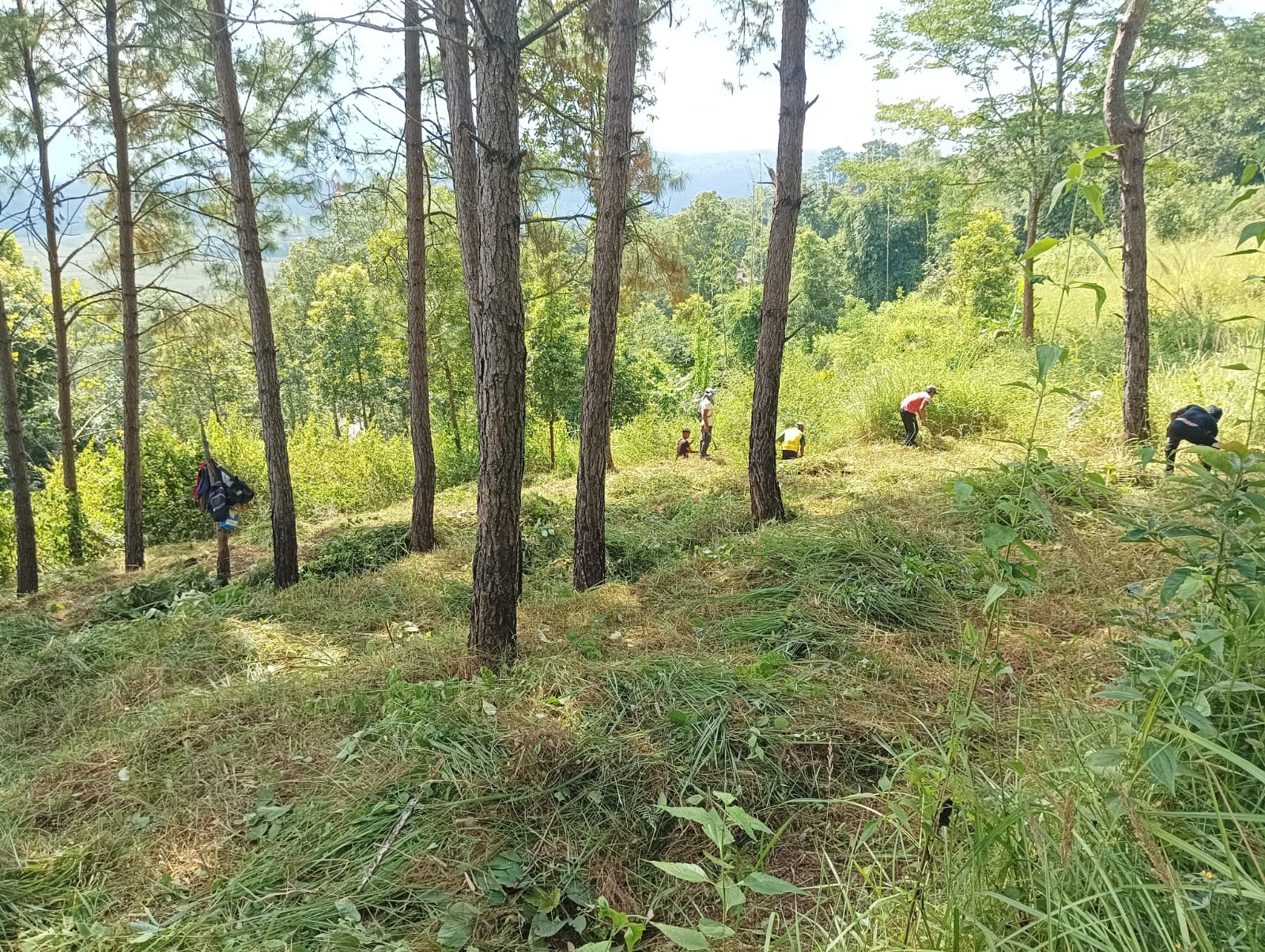
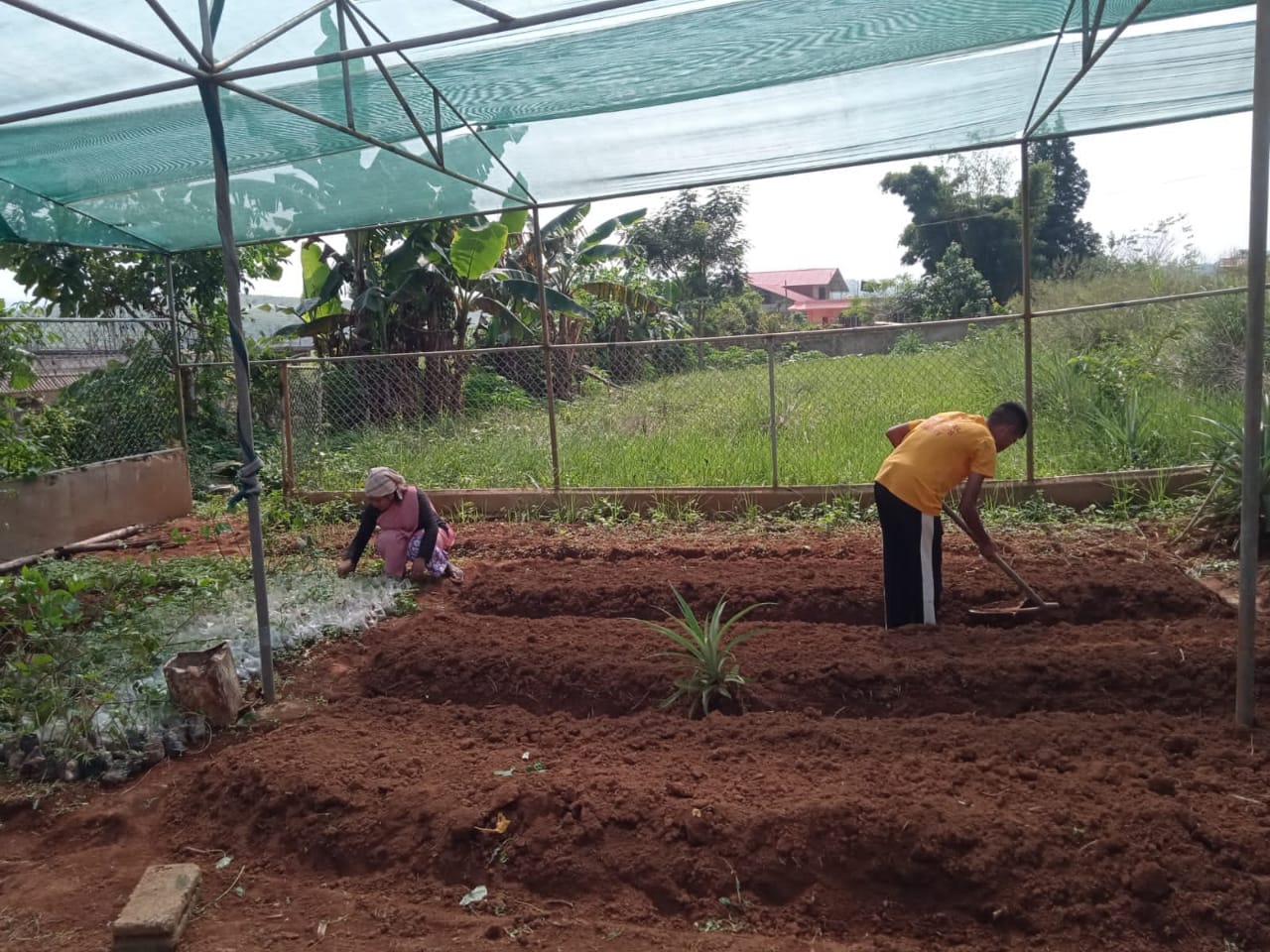
| Intervention | Site | Amount | Status |
|---|---|---|---|
Excess fund Activities PA System Water Tester Solar Light Dustbin |
Community Land | 1,20,000 | Completed |
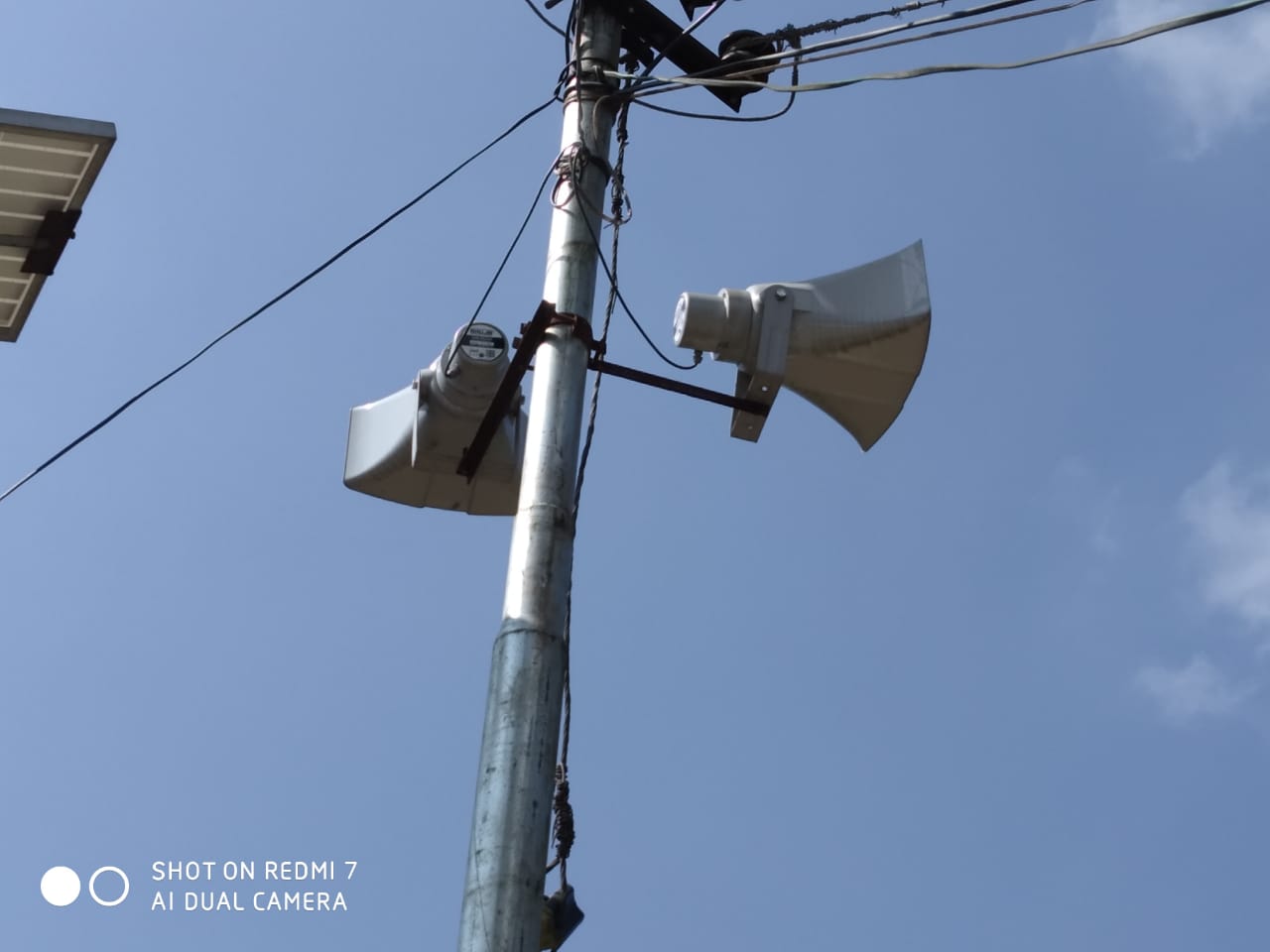
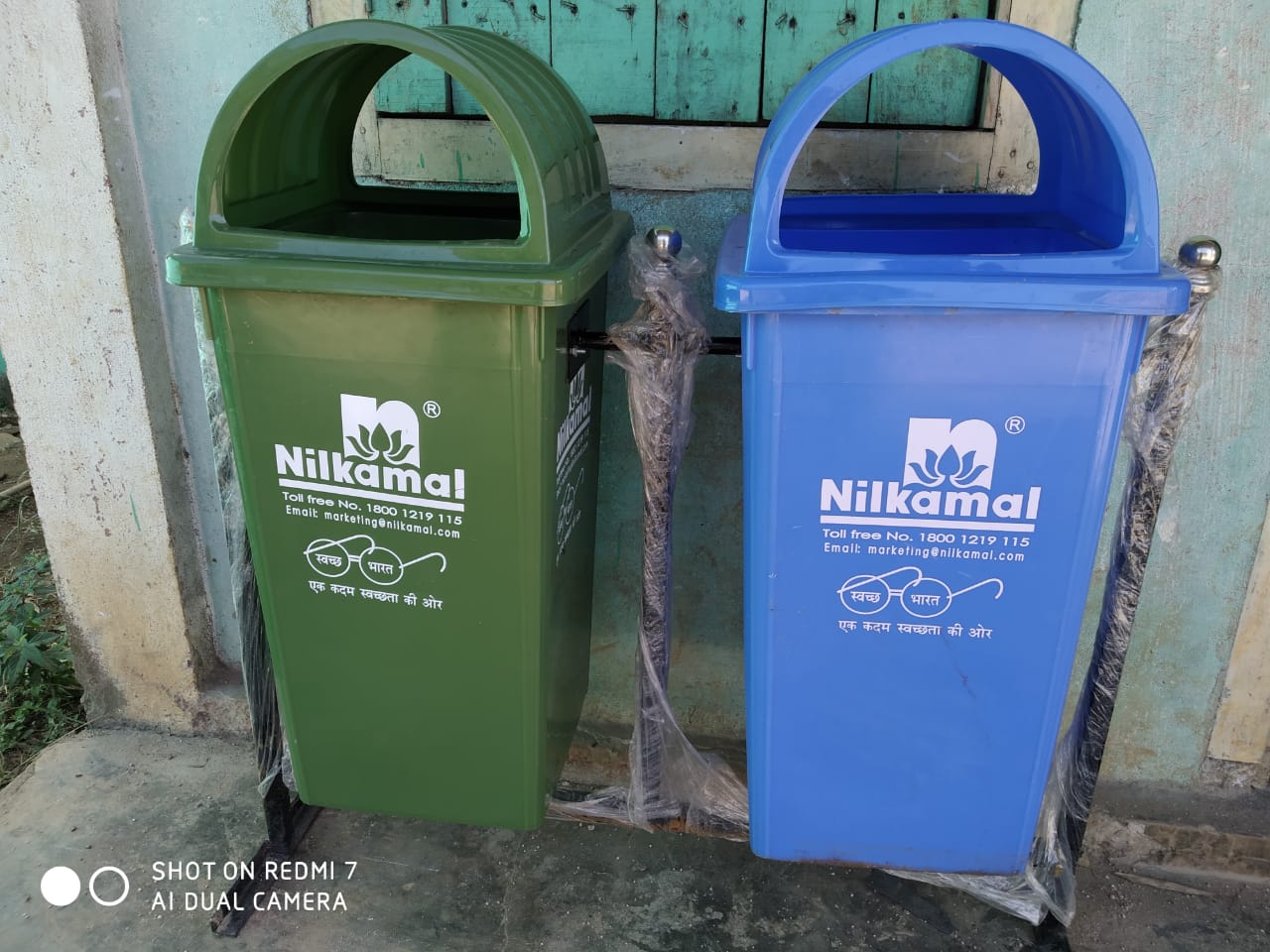
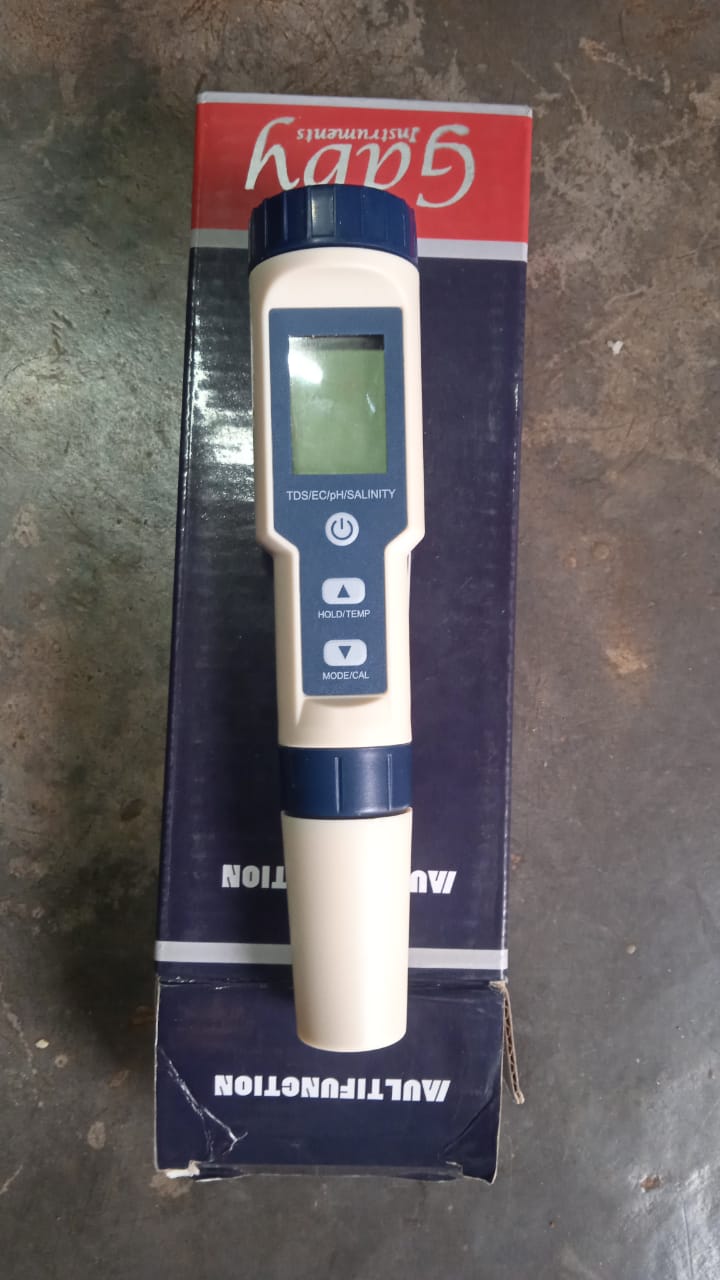

TESTIMONIALS
Secretary - Reyona Shabong
As a secretary I have gained so much knowledge through the Project. One important thing is where I get to attend the village meetings when various decisions were made for the project's work. I now even know how to write minutes, registration entries and various other works.
The project not only improve the village, but also our lives as members of the VNRMC as through it we were trained on how to keep records of various works, numerous trainings on various topics as well as exposure visits which help us to learn more about what the other communities are excelling in their respective work and with this learning experience I get to bring this teaching into my Village and can follow the same steps that were undertaken by the other well performing communities.
President - Pynwanbor Synriang 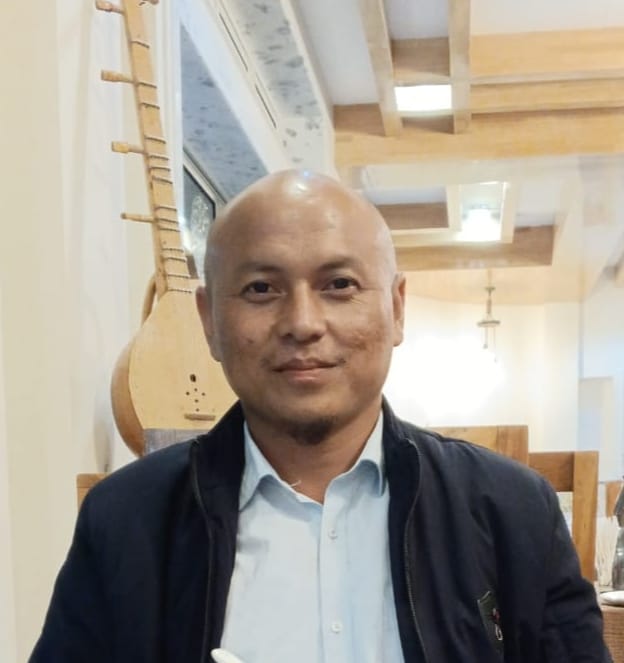
As a president of the VNRMC I have seen enormous changes with the coming of the project. It is through the project that we have gained a vast understanding about Mother Nature. It has served as a means of livelihood to the locals of the village as there's no discrimination and everyone gets to render their service in various implementations on equal pay.
Through CLLMP our springs have been revived and various check dams too, trees have been planted which in turn resulted in an abundance of water supply. The project not only focuses on NRM but the best part is that it provides an insight and teaching to the masses right from children on how to be the custodians of the environment by using eco-friendly products , how to plant trees and vegetables using organic manure, how to protect and keep our surroundings clean. The organic manure that we have gotten from the project not only has benefited our farmers but even for our good health and to increase the fertility of the soil.
All these activities have not only benefited us but also our environment and helped us to build a much more sustainable ecosystem.
VCF M&E- Belthshassar Sylliang. 
Right from the start when it was informed that the Village needed volunteers for the project and till today, the role that I have taken as a VCF has exposed me to various learning activities from how to conserve our environment, to be eco friendly environmentalist to how we can keep various records and data of various financial aspects of the VNRMC and all these have given me so much of knowledge that will help me to carry on this work forward at the village.
Pynthymmaibor Sylliang - VCF EM 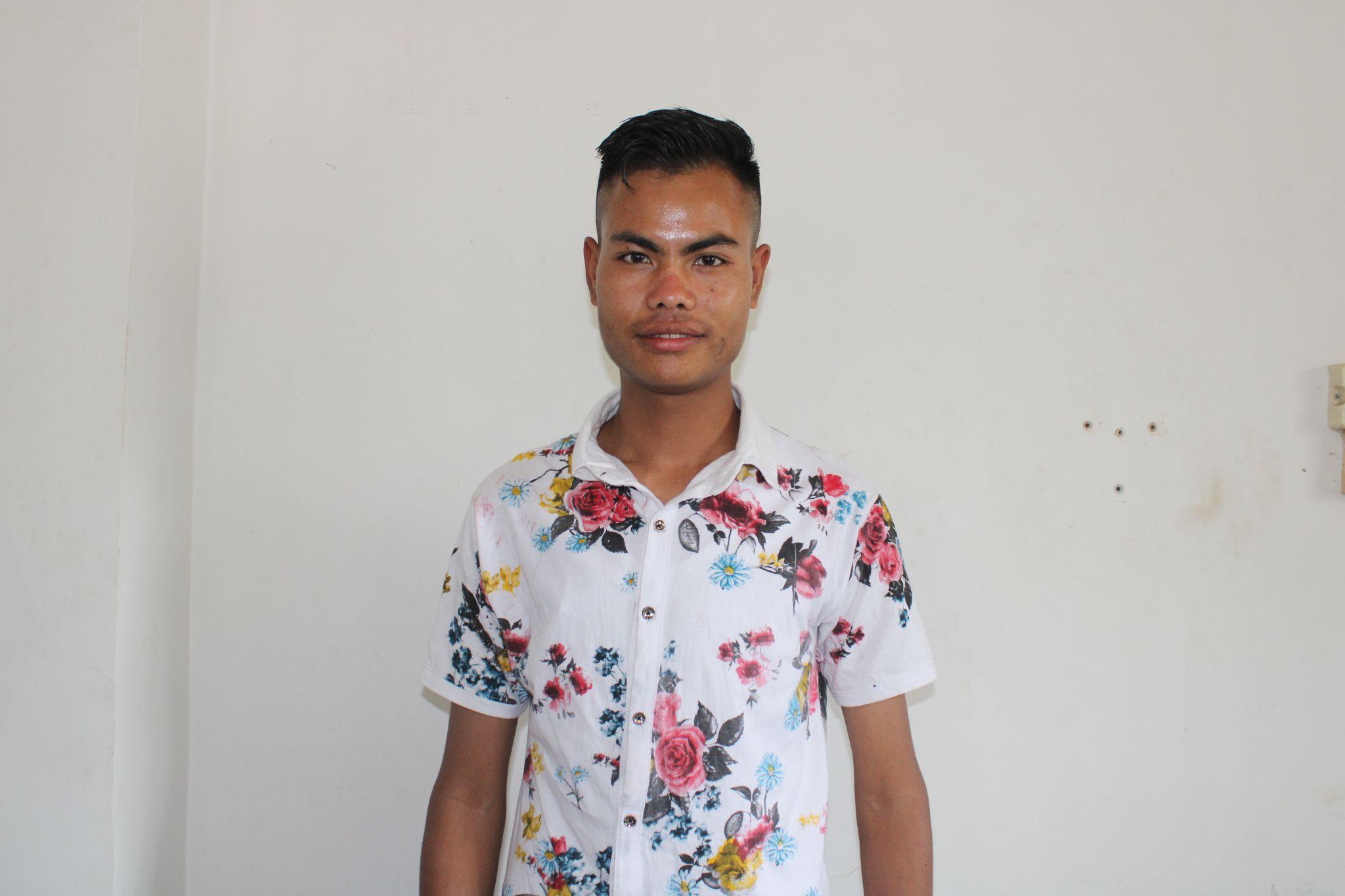
As a VCF in Environment Management I cater to the various needs of the Village in terms of re-shaping our surroundings and also how to educate others about the various ways where we can restore, and protect our resources from various harmful activities of mankind. And through the project the setting up of various implementations like the Nursery, Vermicompost, Kitchen Garden and several other activities where these all have been a blessing to the community.
Binika Jyrwa - VCF KM/SM 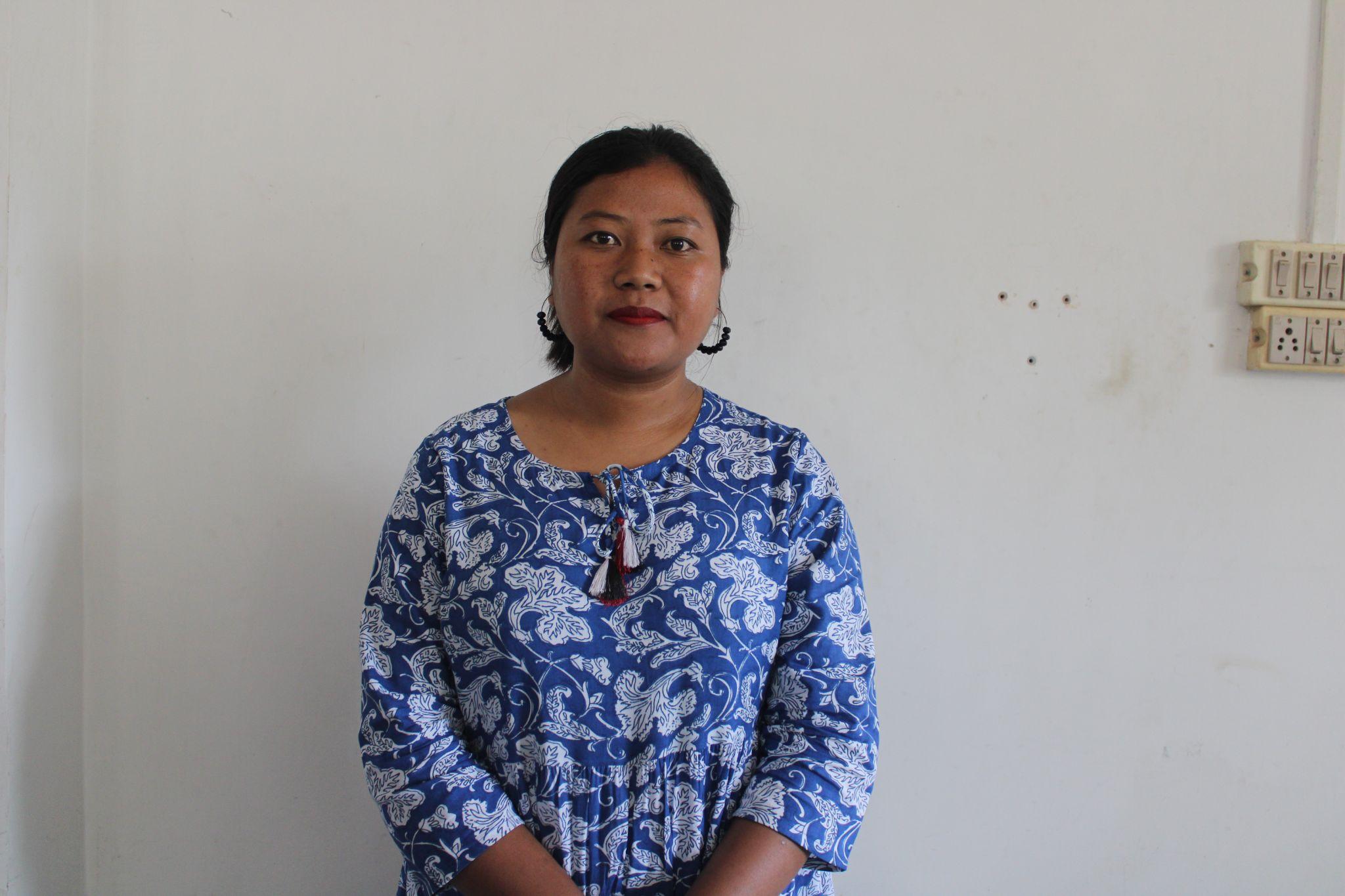
As a VCF, I have had the opportunity to teach and raise awareness among the villagers about the benefits of the project. I have attended training, which has equipped me with knowledge and skills to effectively spread awareness and engage the community in environmental preservation and to be more responsible with our actions towards the environment. As a VCF, I have been able to spread awareness and educate the community about the importance of environmental preservation and sustainable practices.